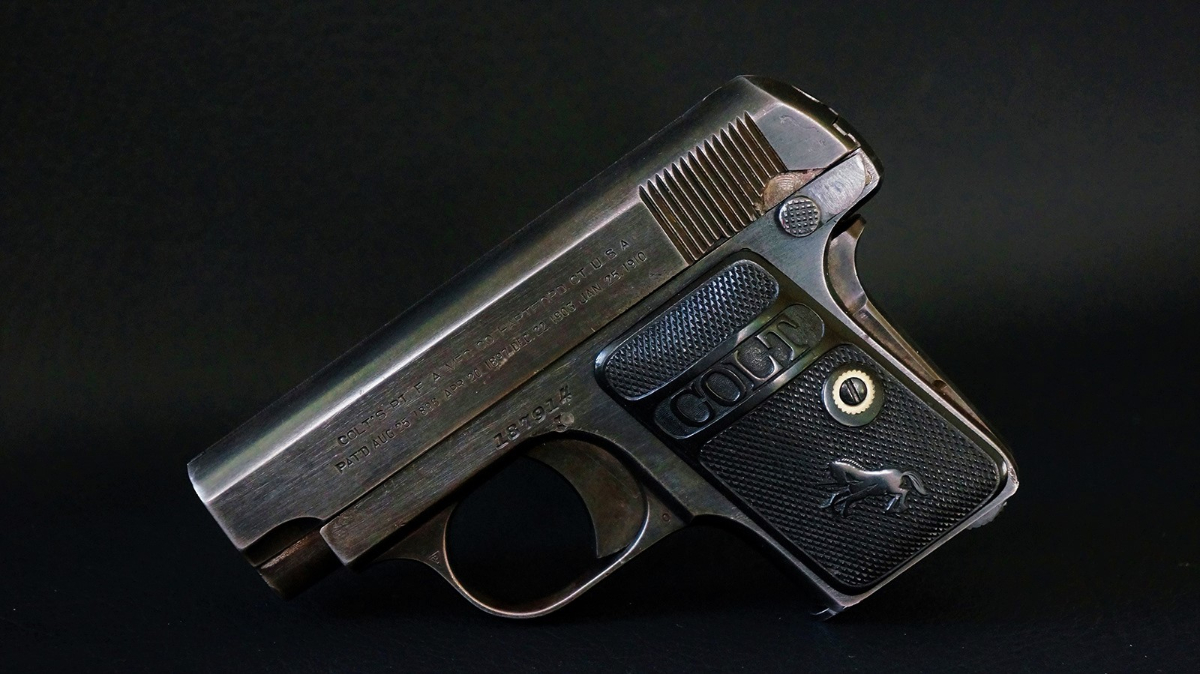
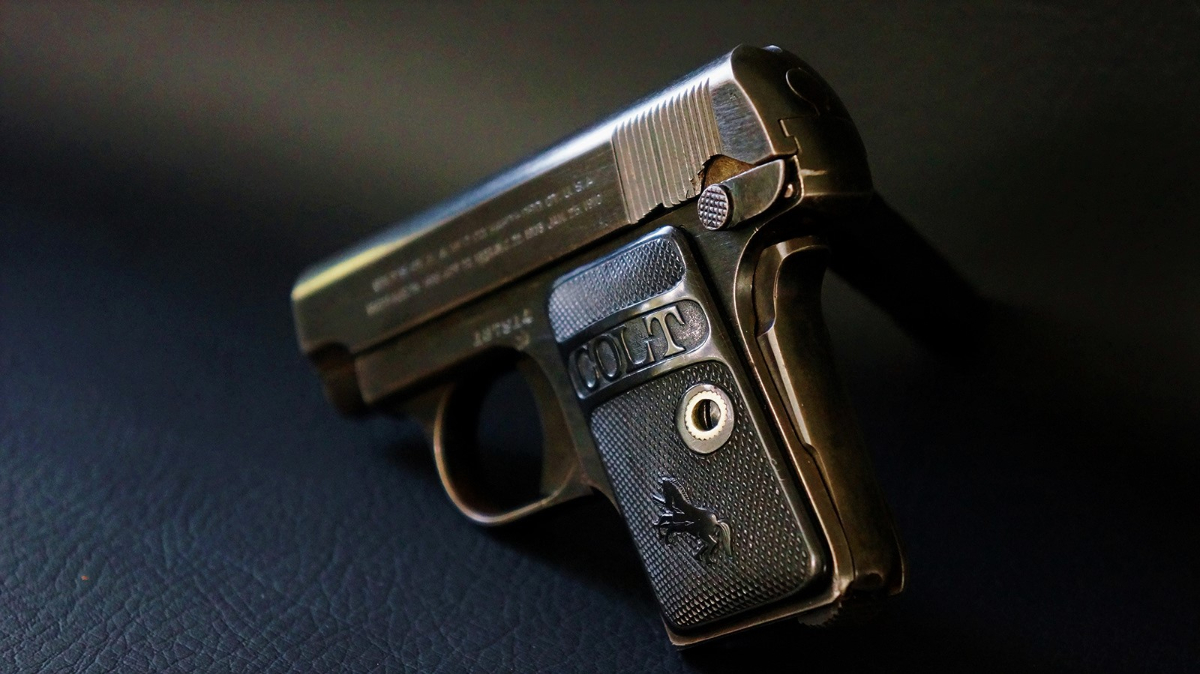
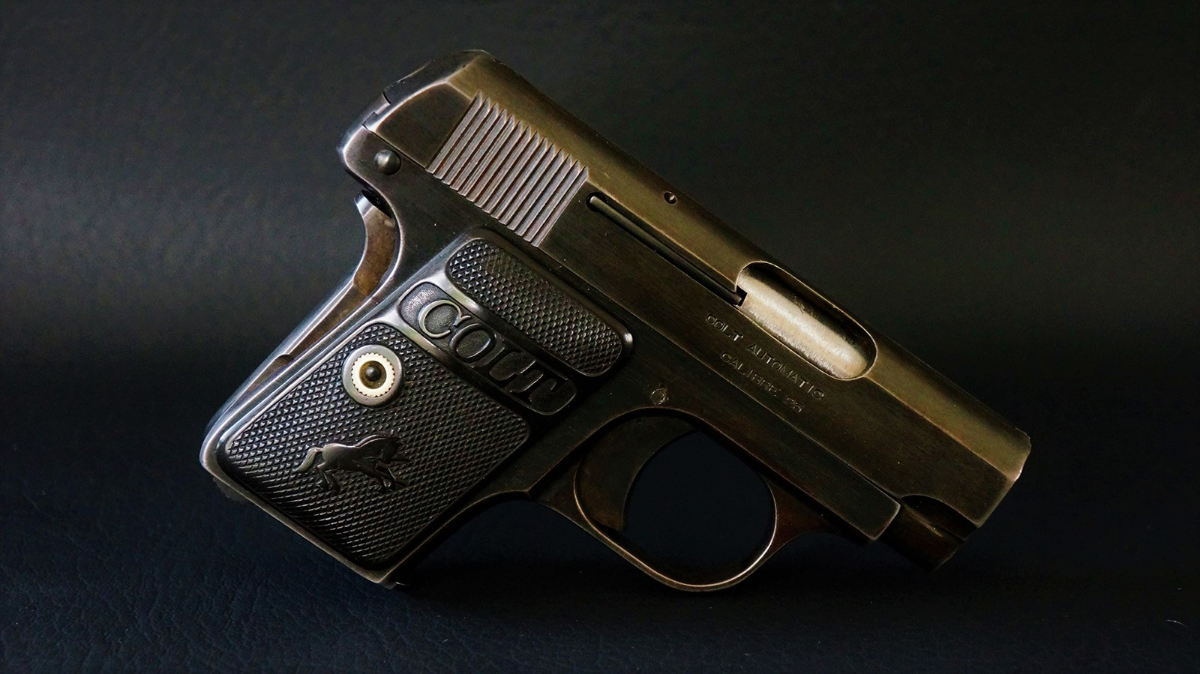
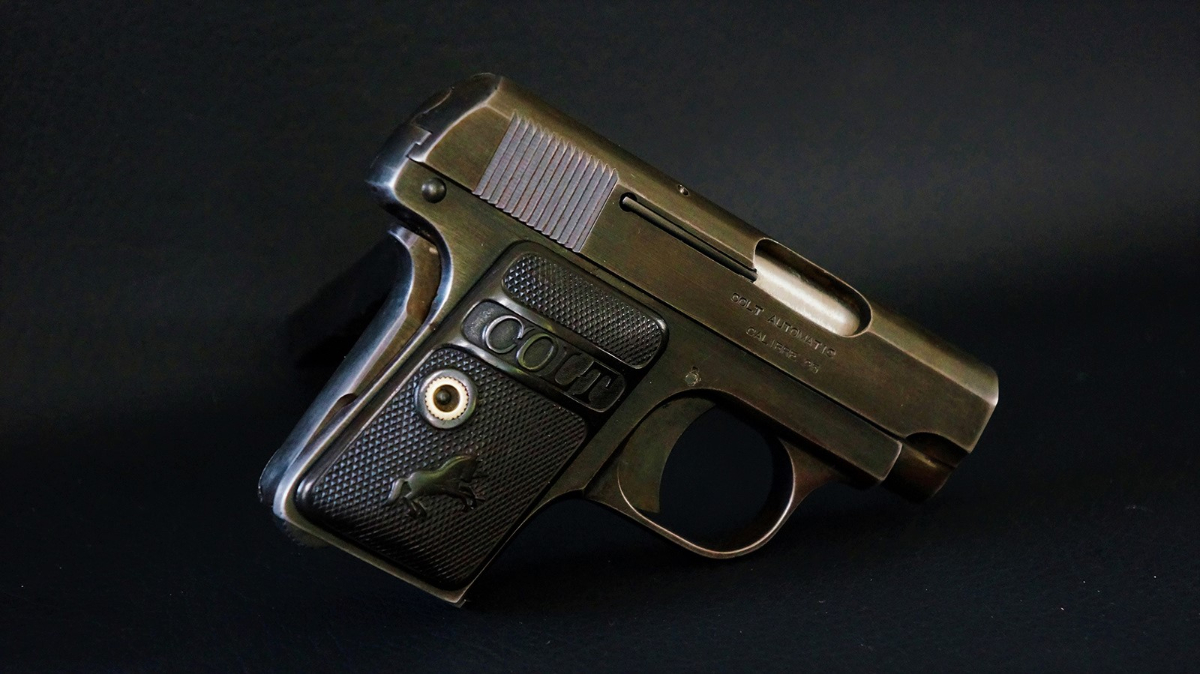
Yeah it’s ugly & cheap. But sometimes that is all one needs or can afford at the time! Plus I am willing to bet that it can get the job done. Just saying, Grumpy
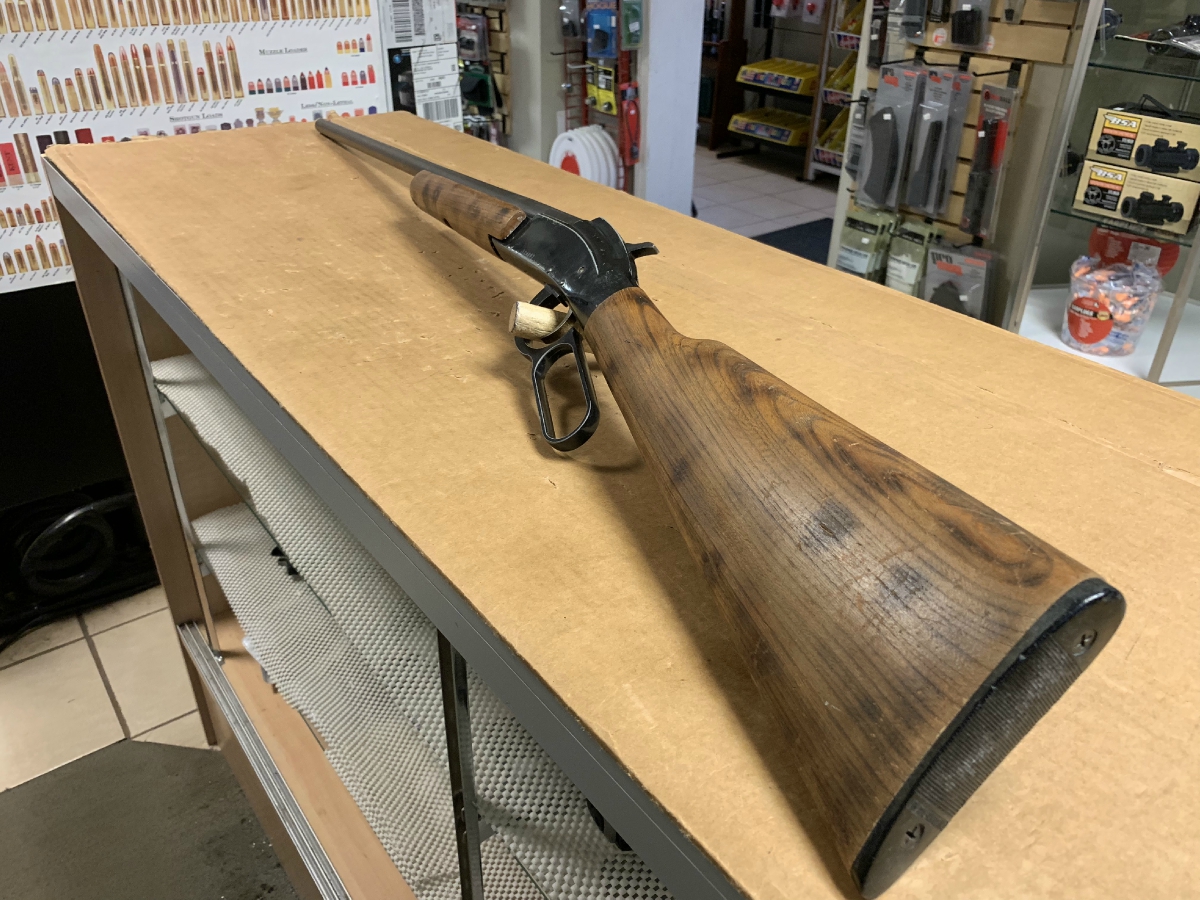
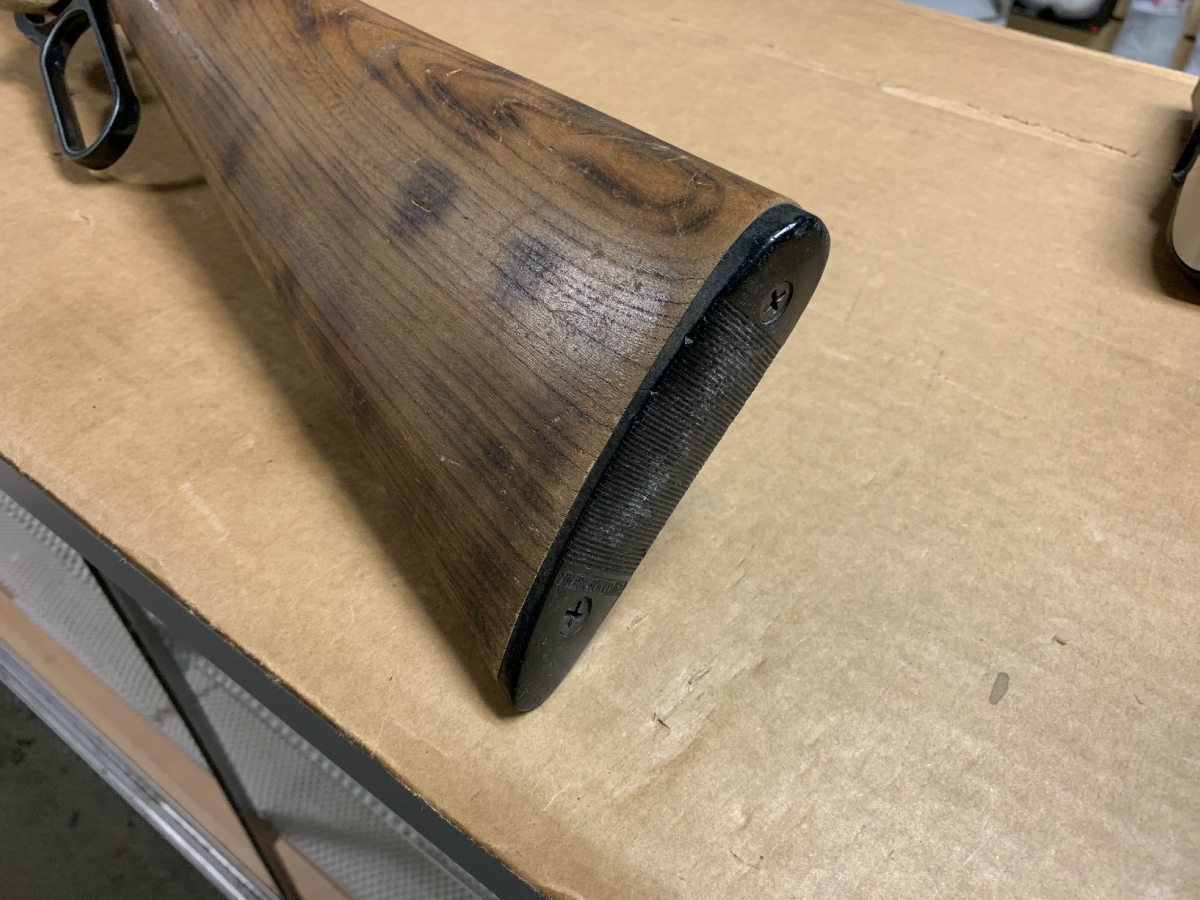
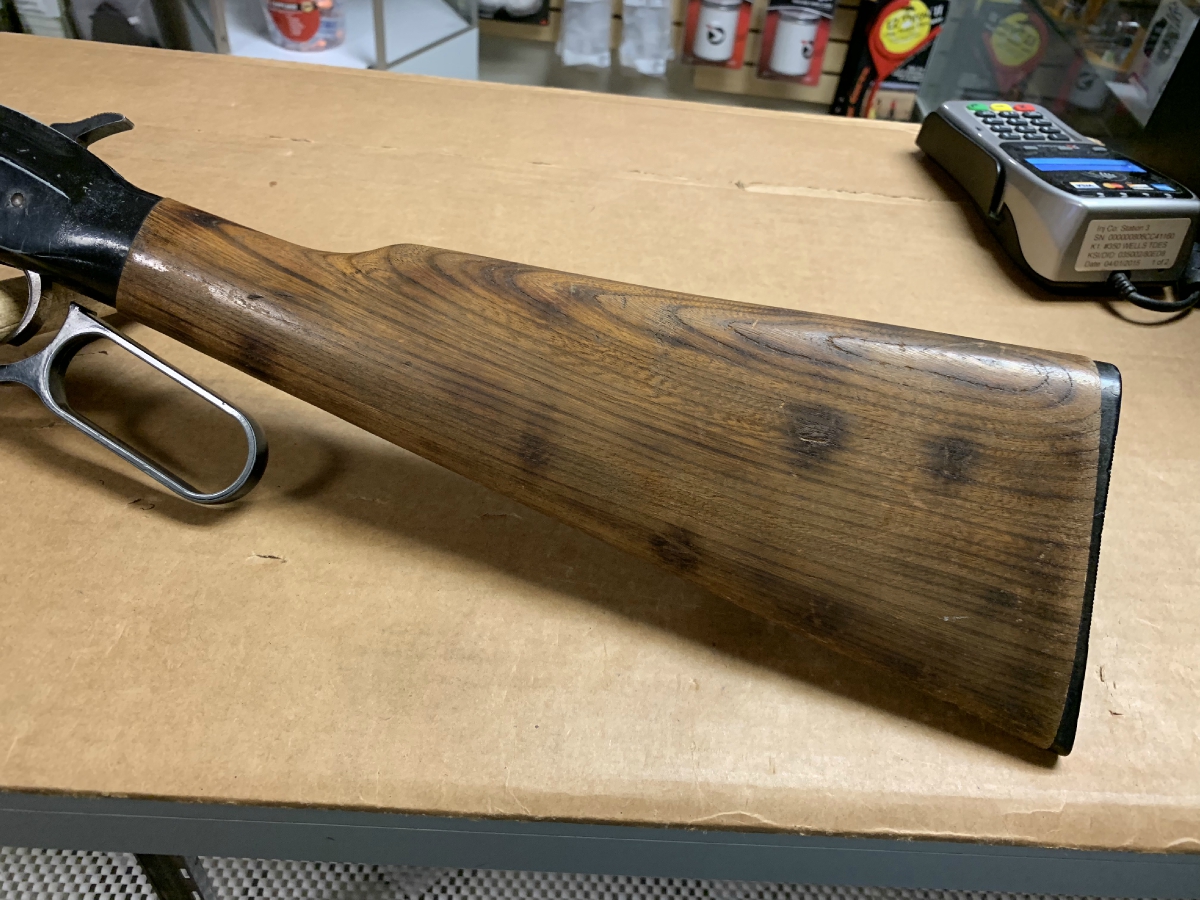
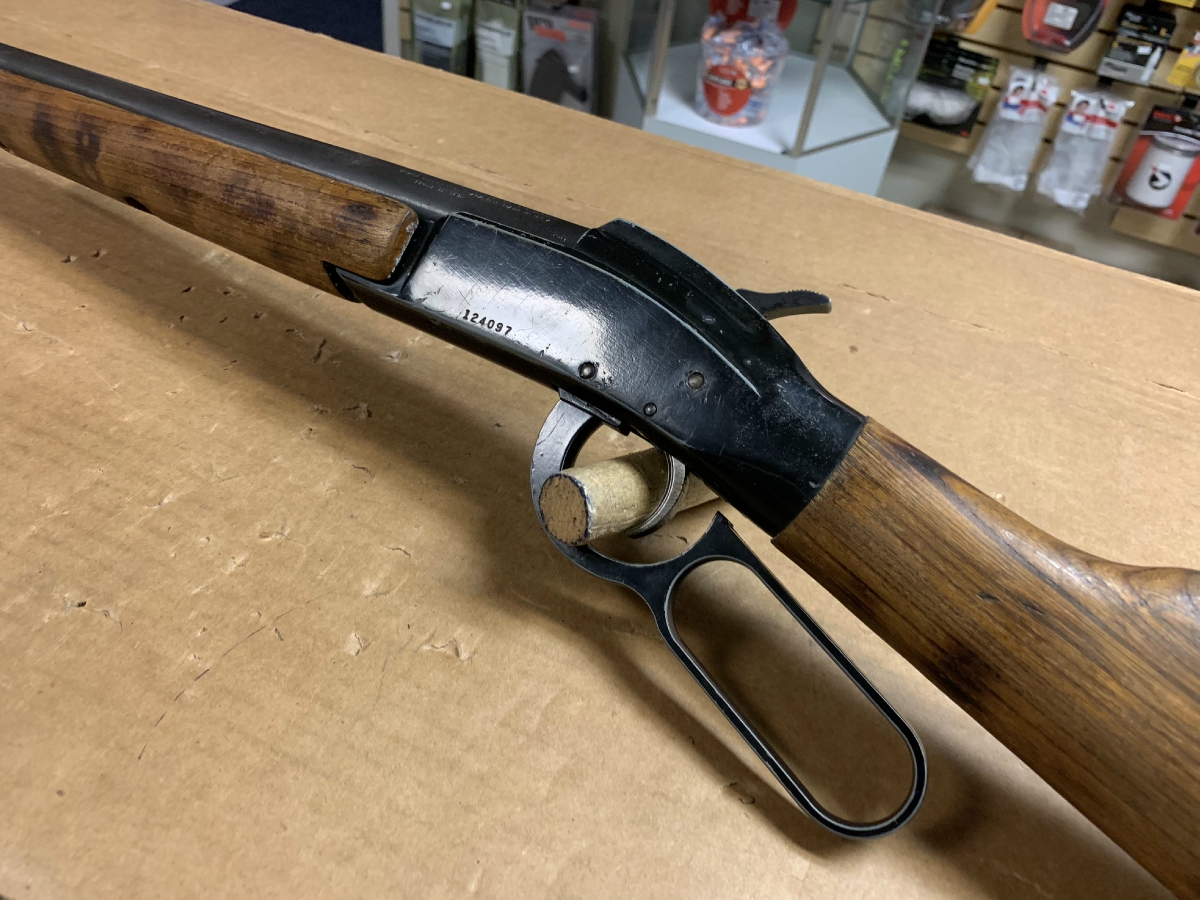
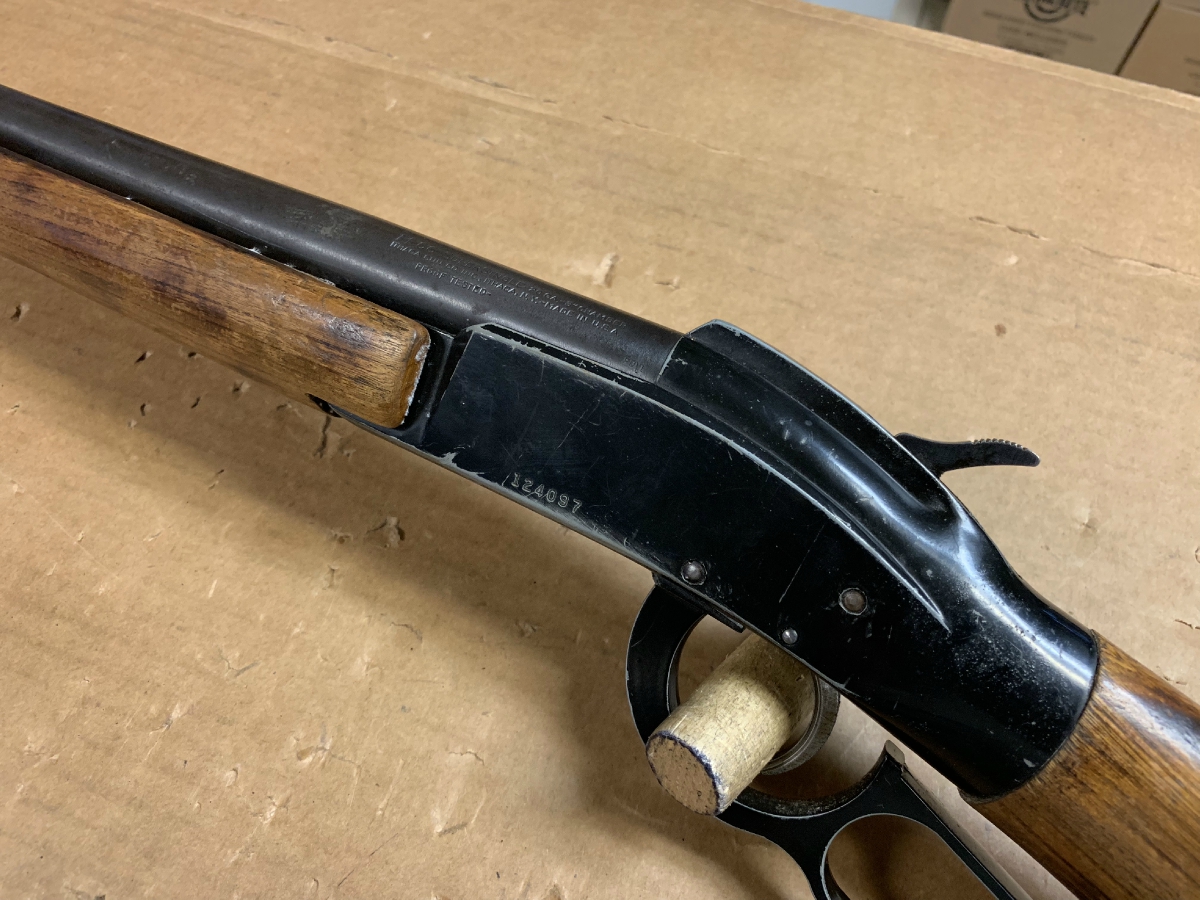
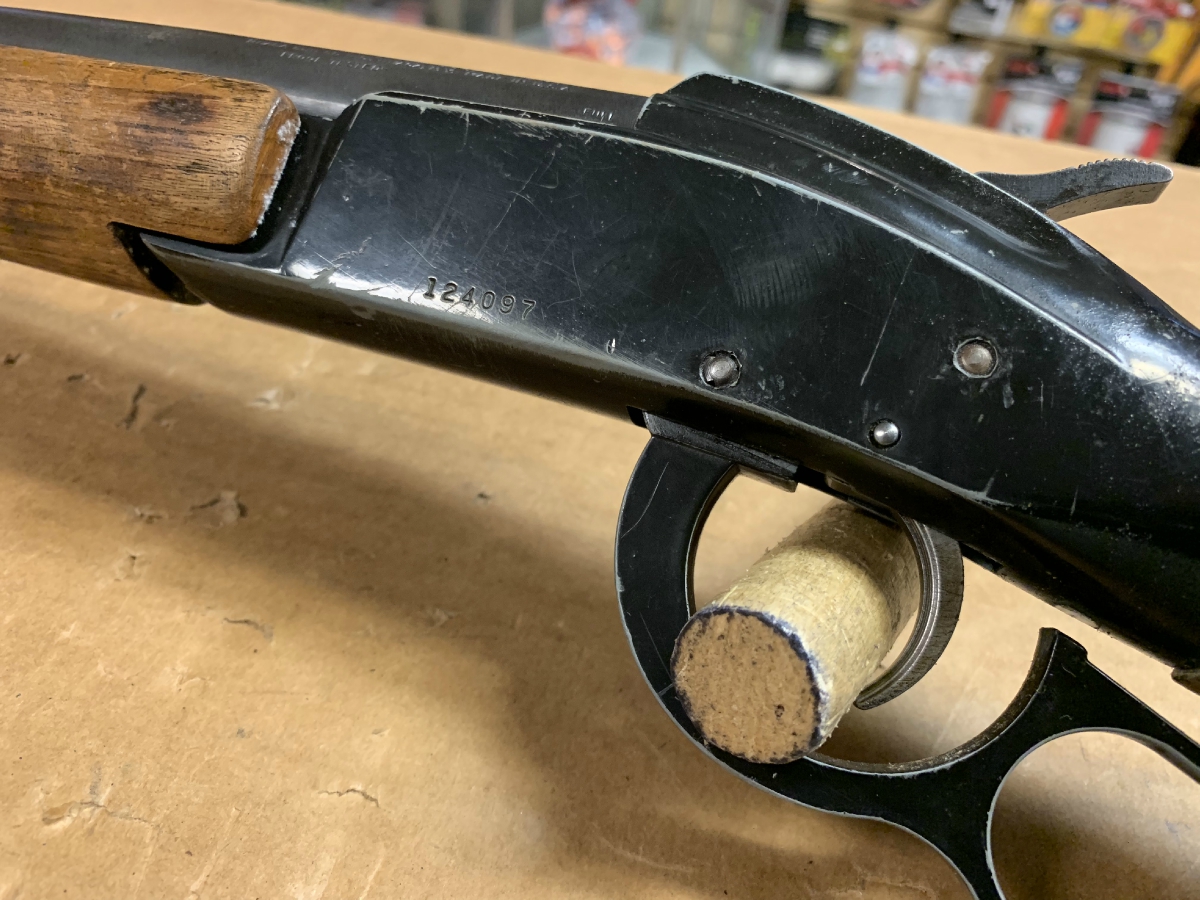
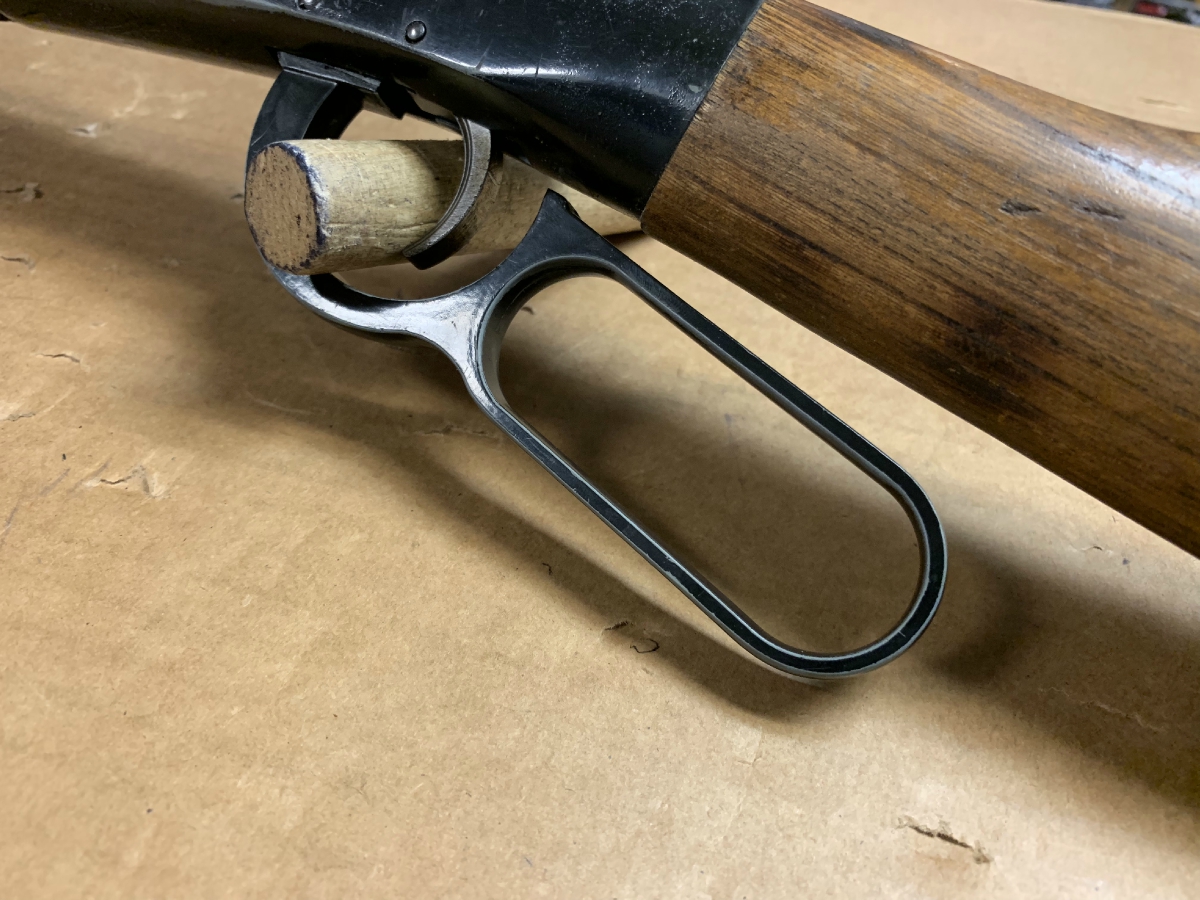
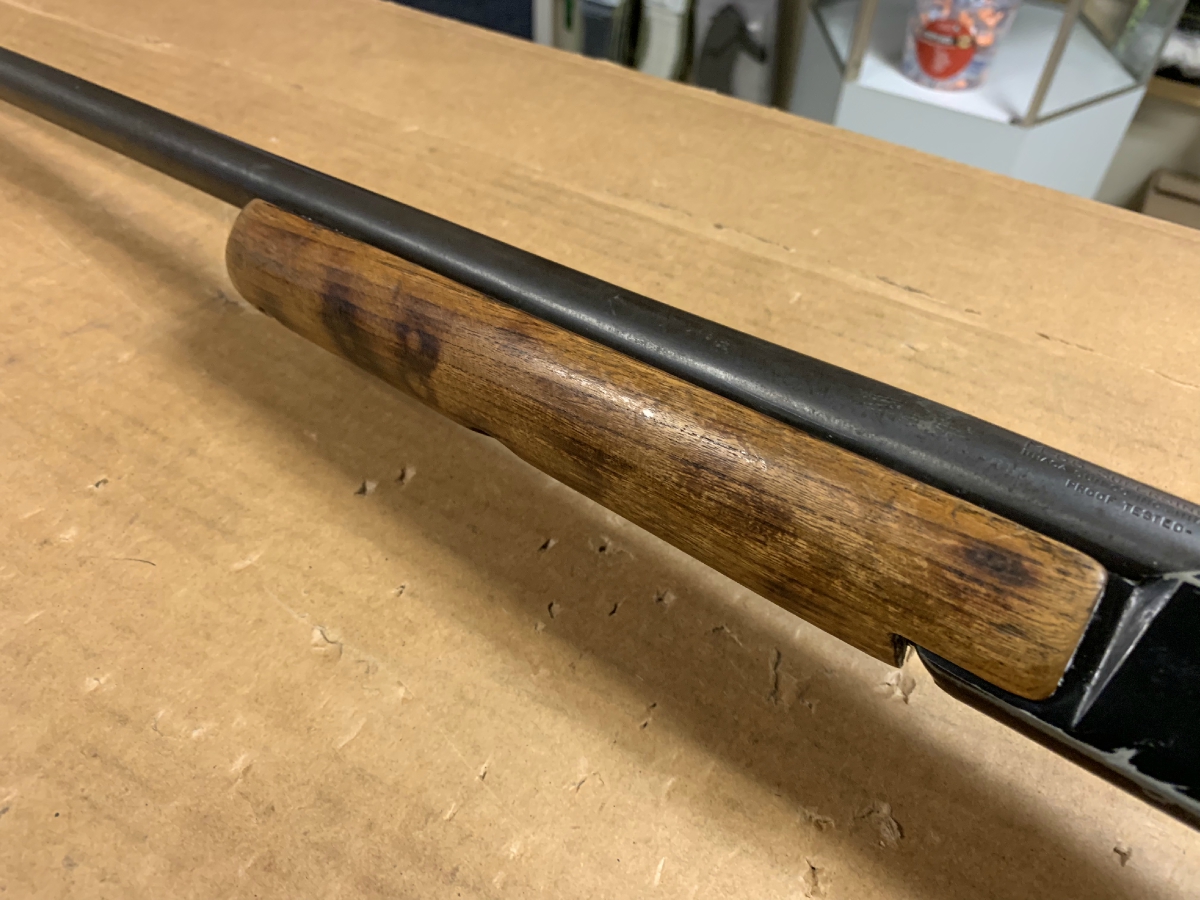
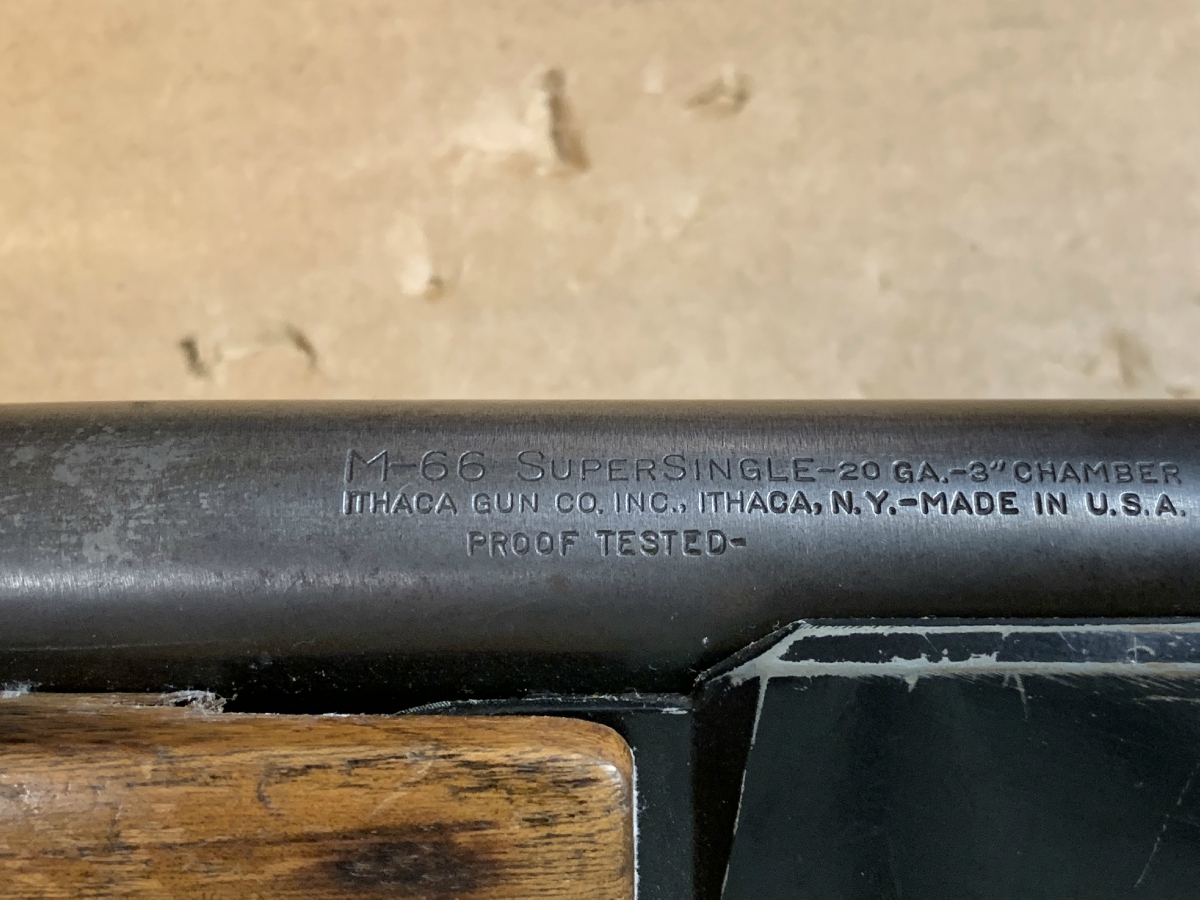
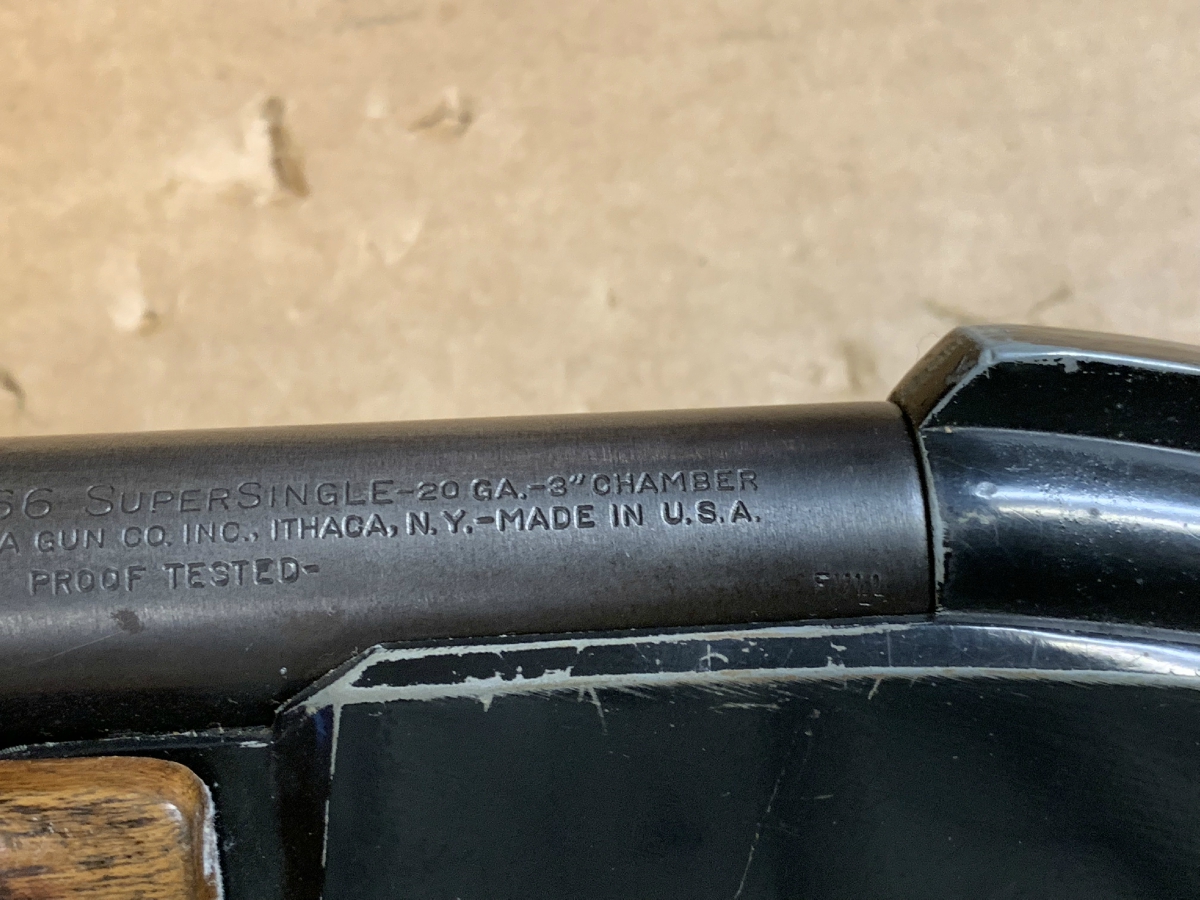
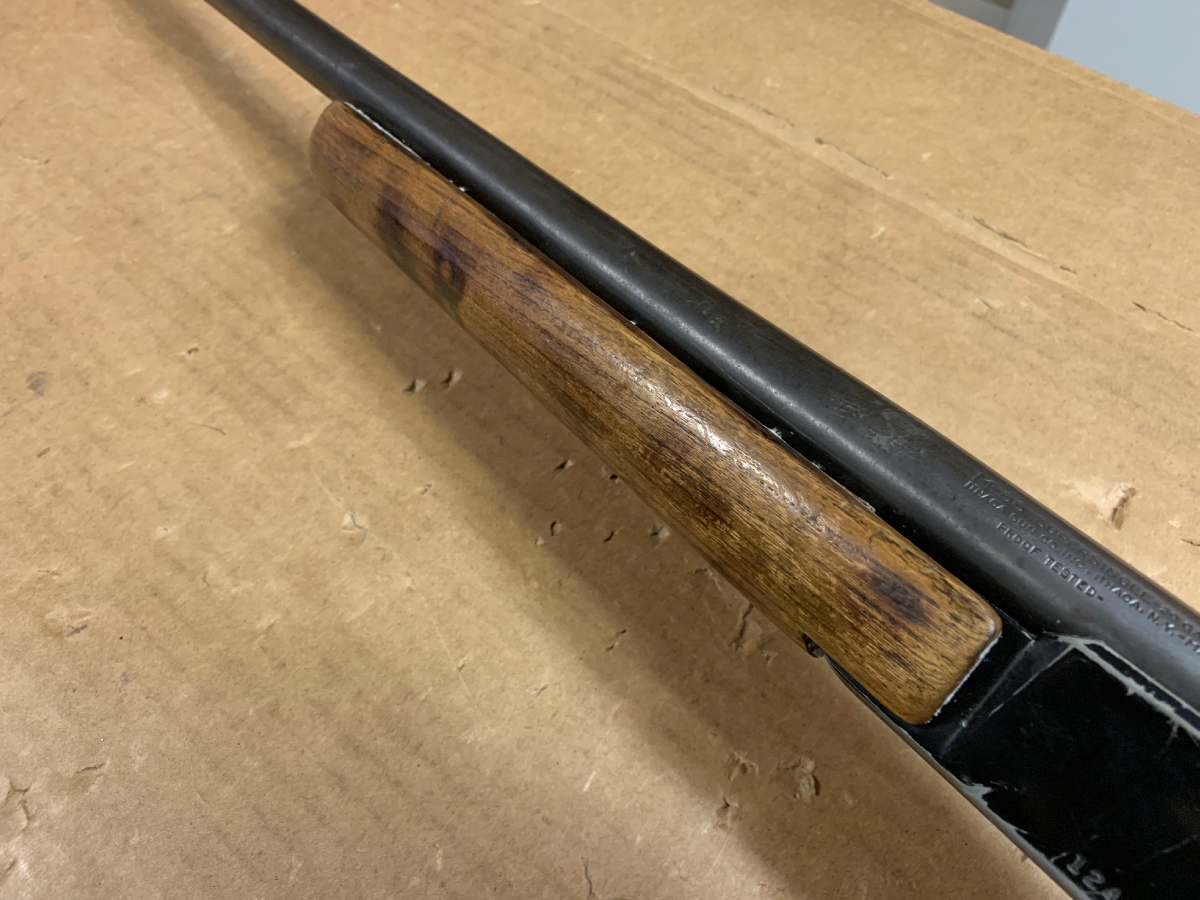
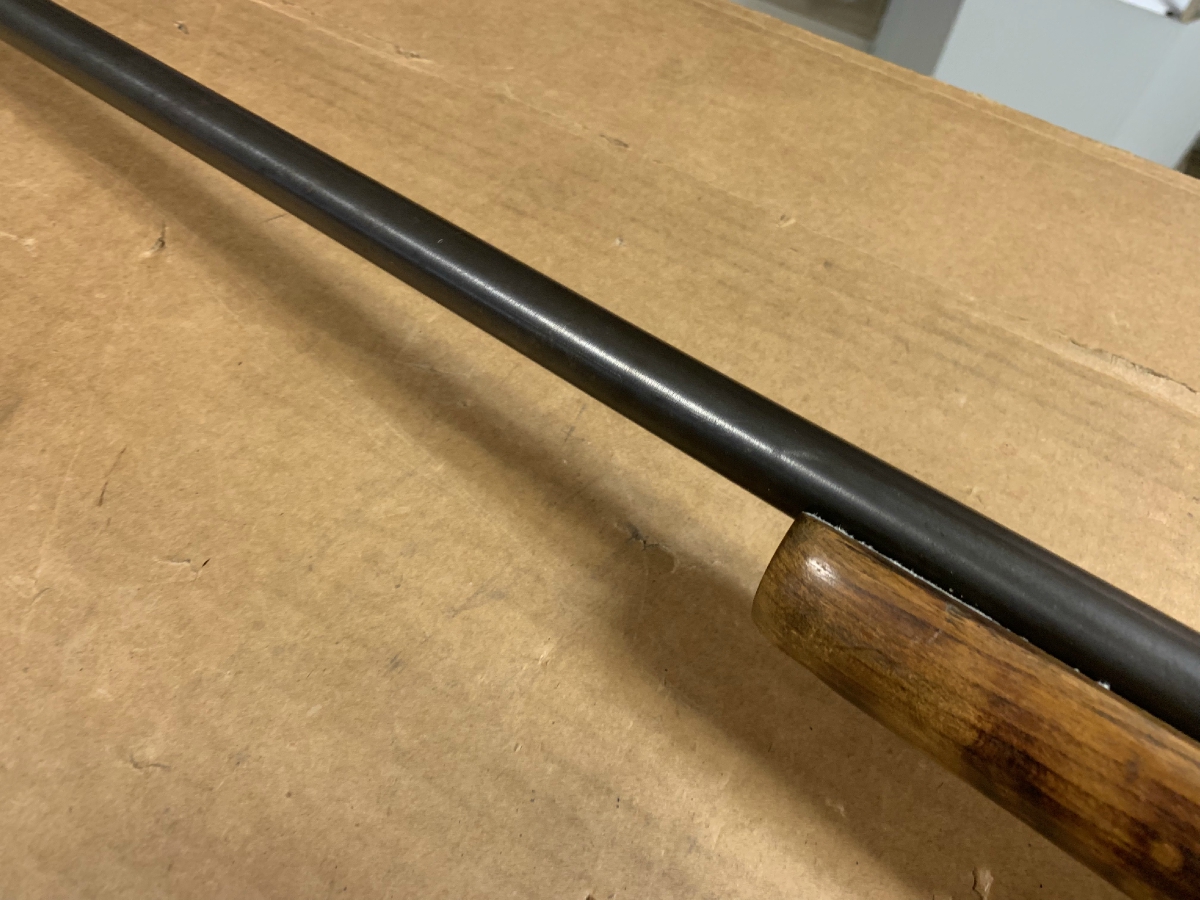
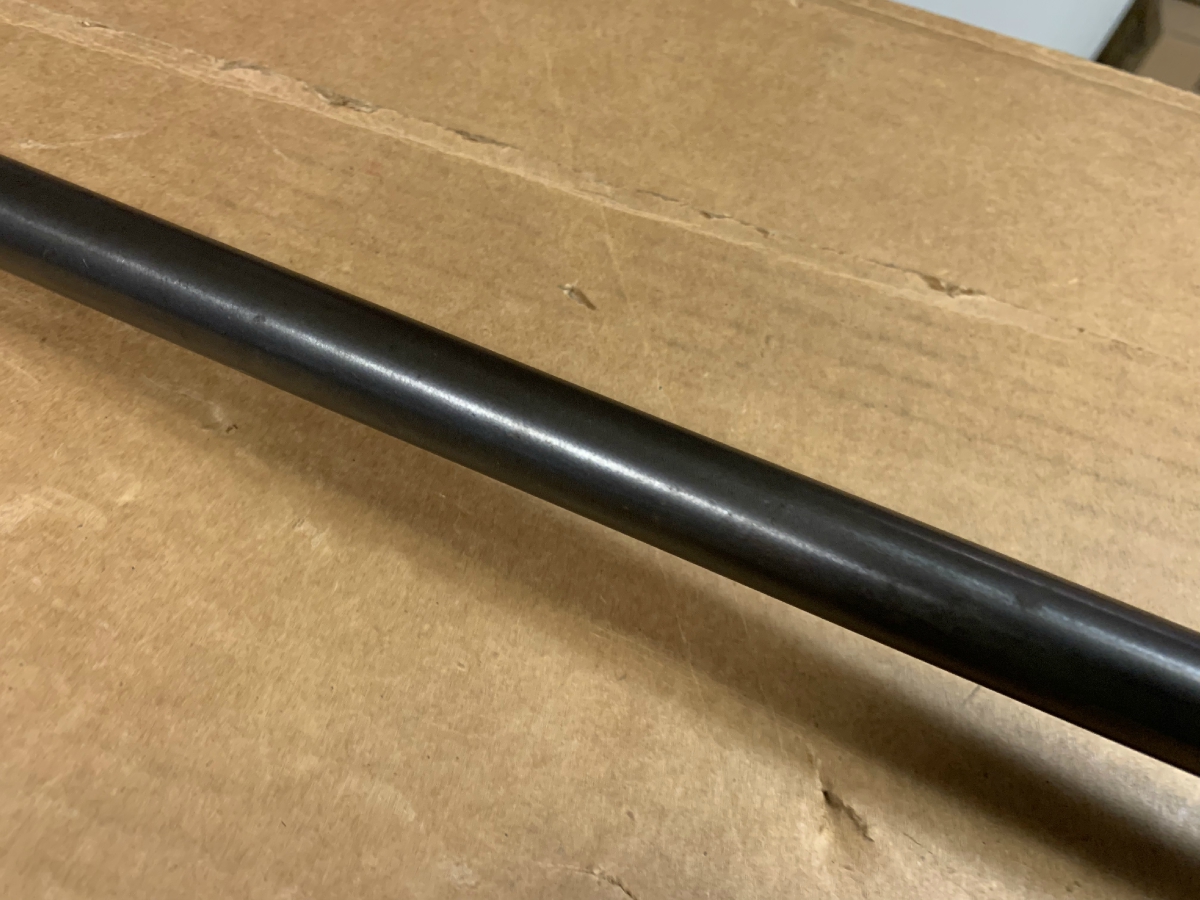
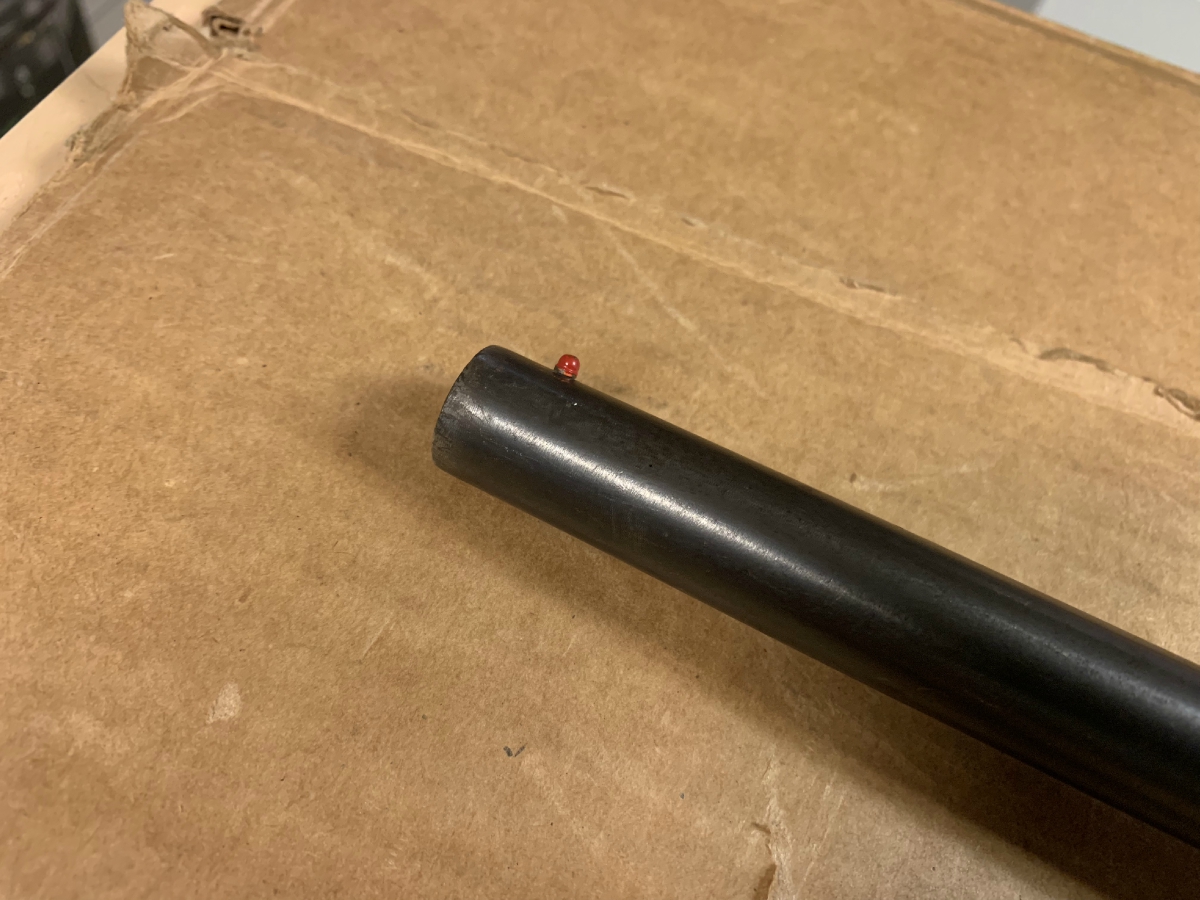
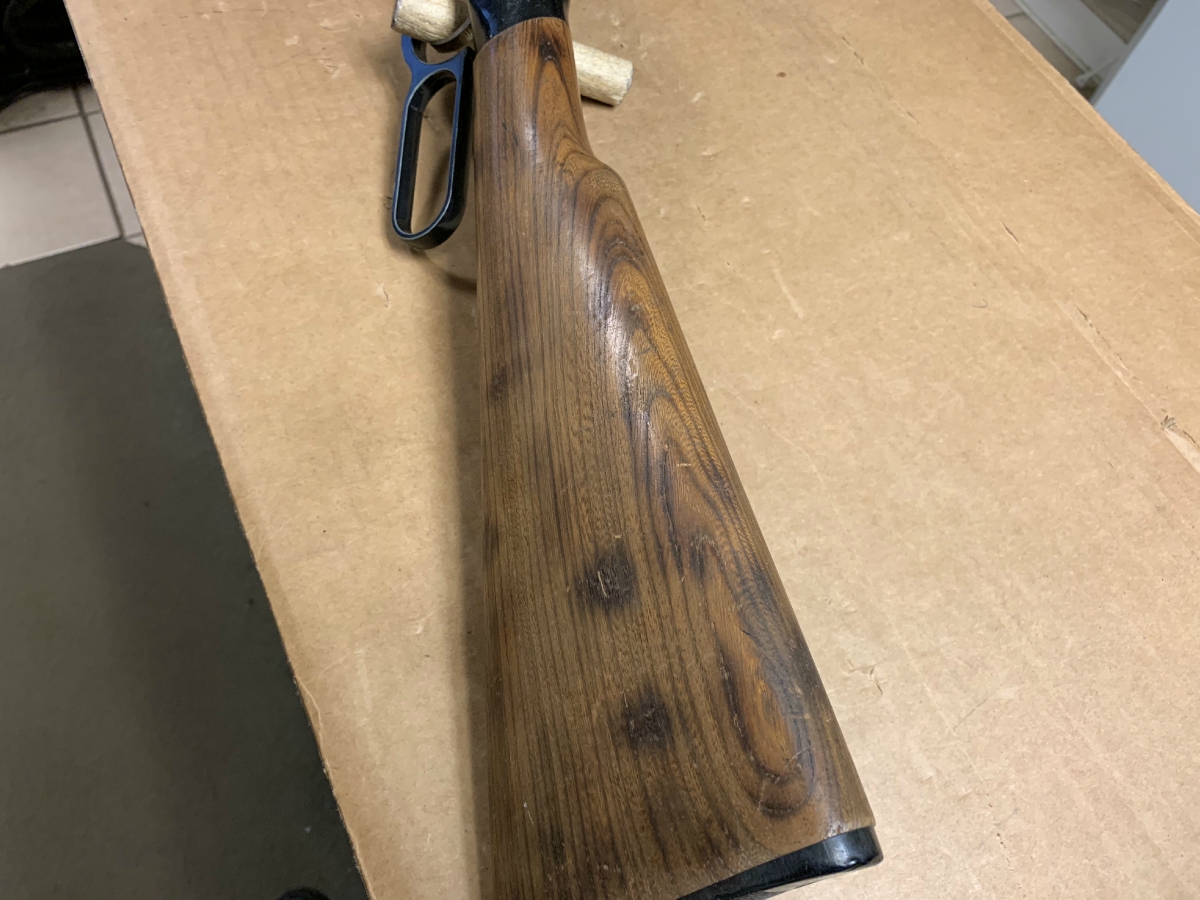
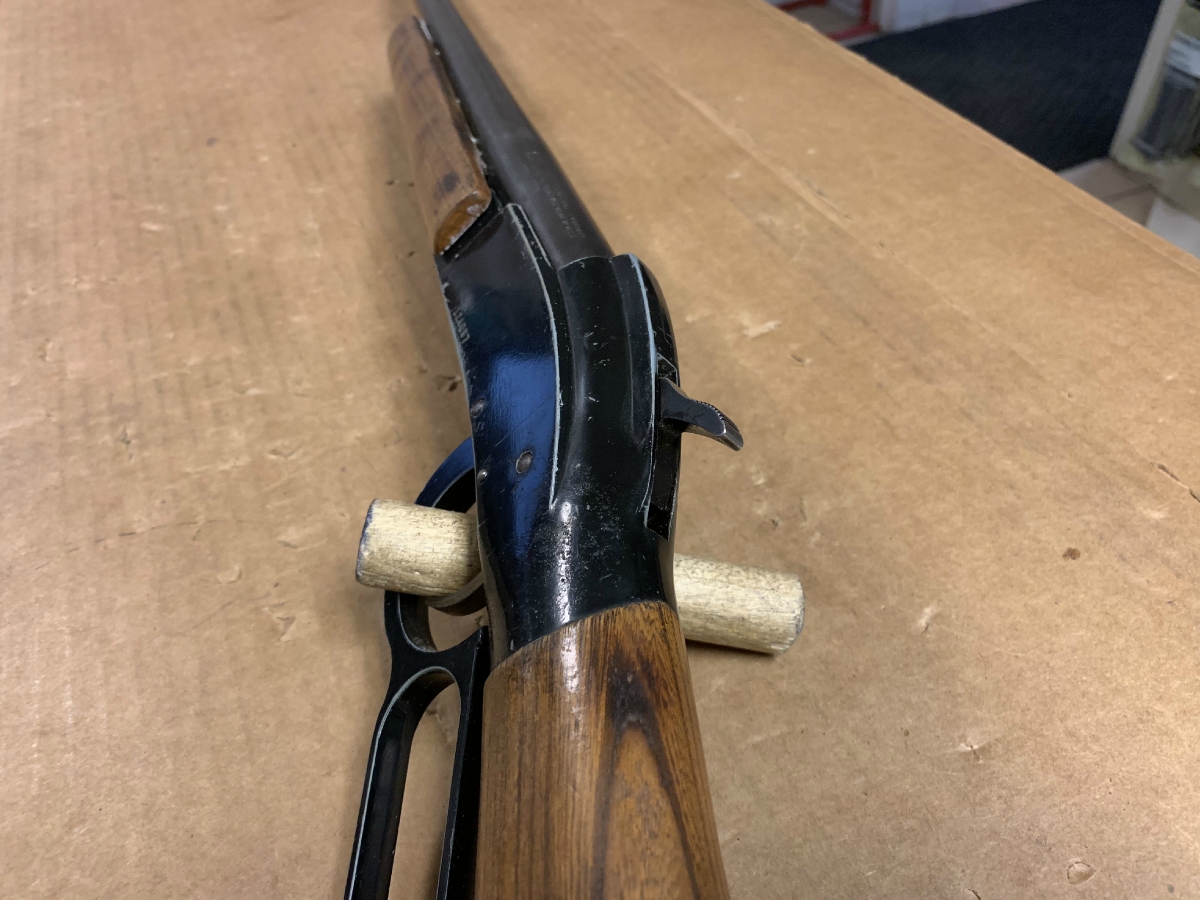
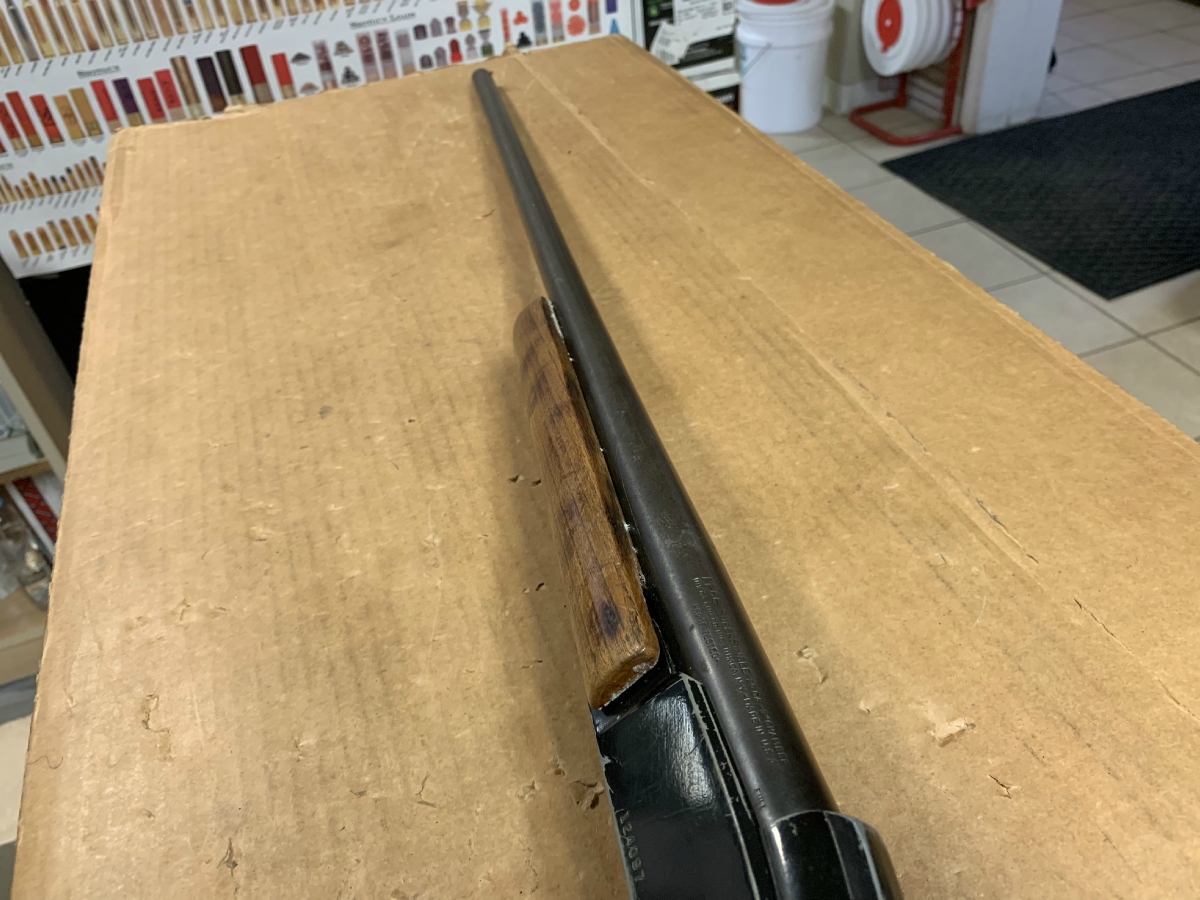
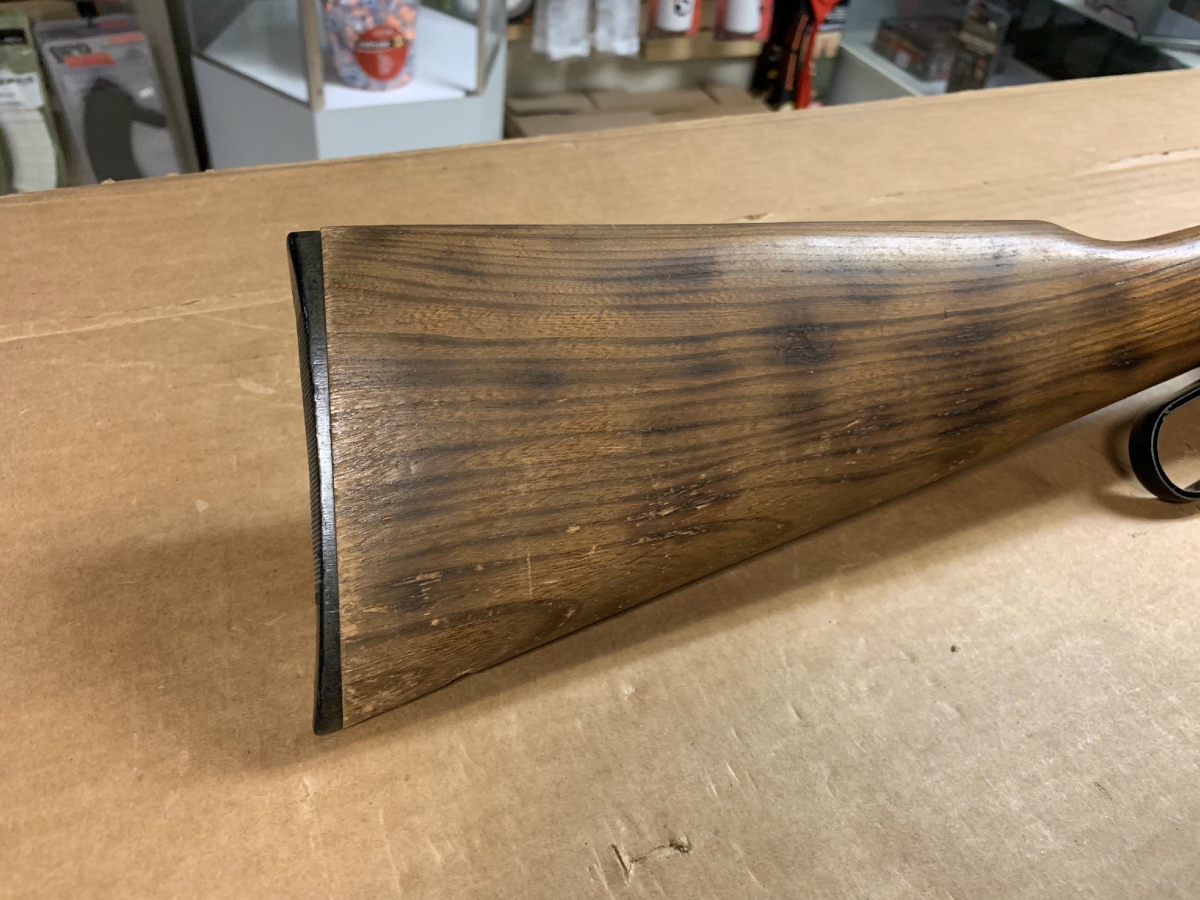
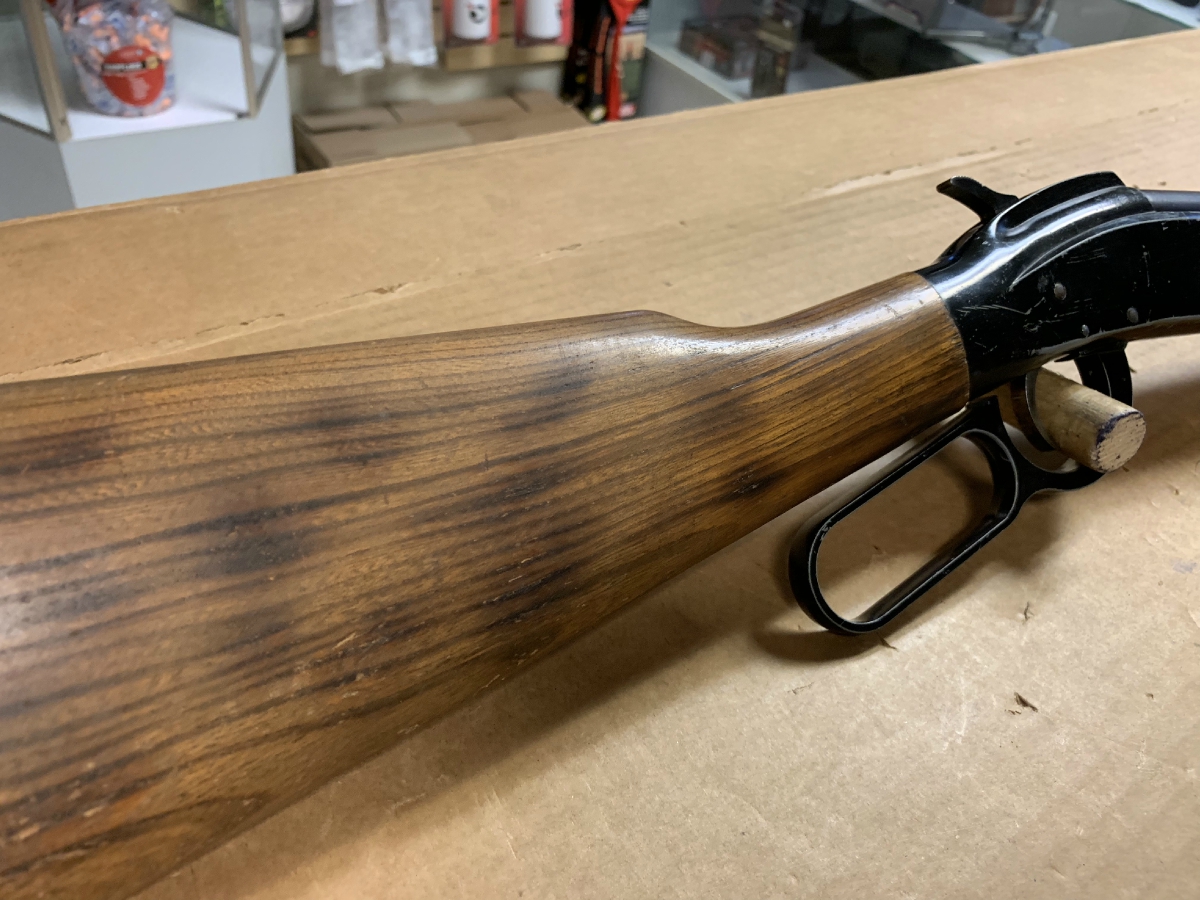
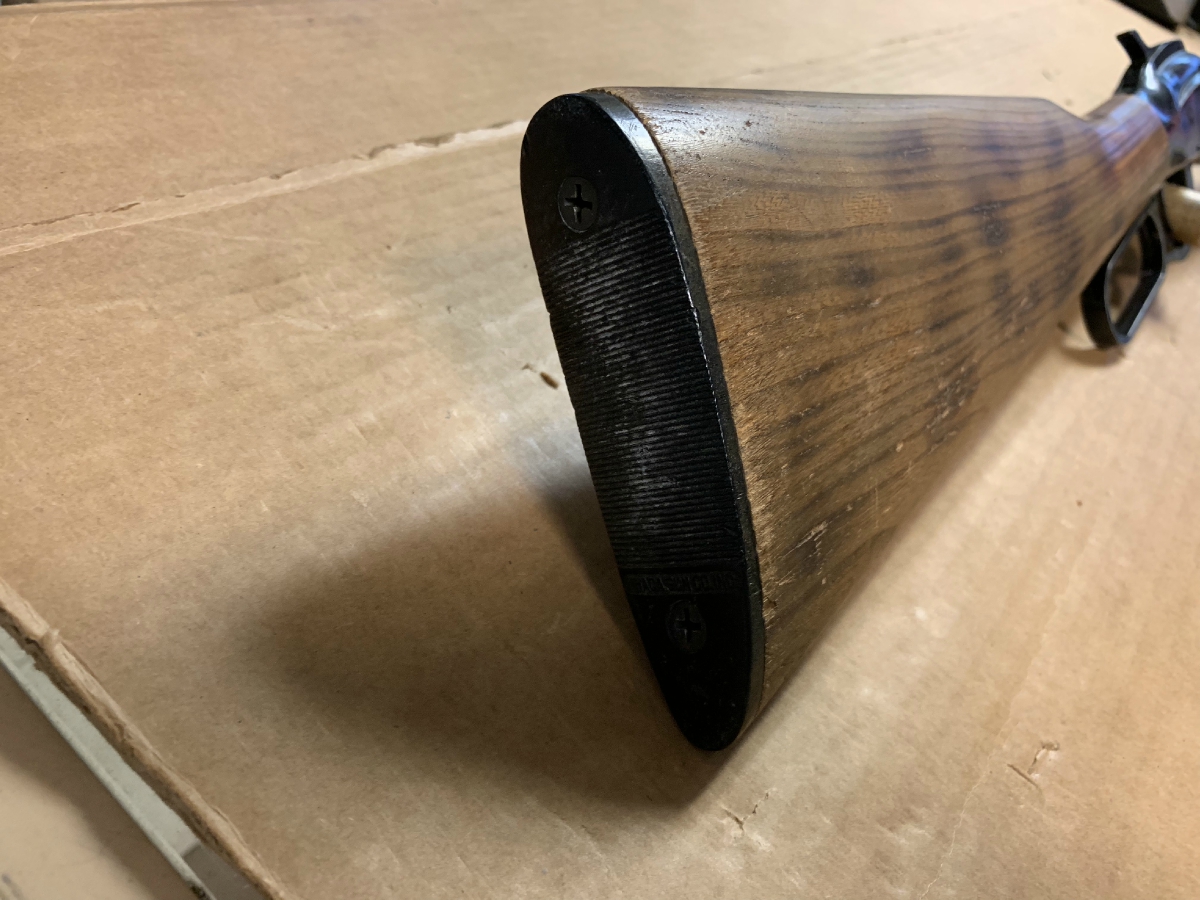
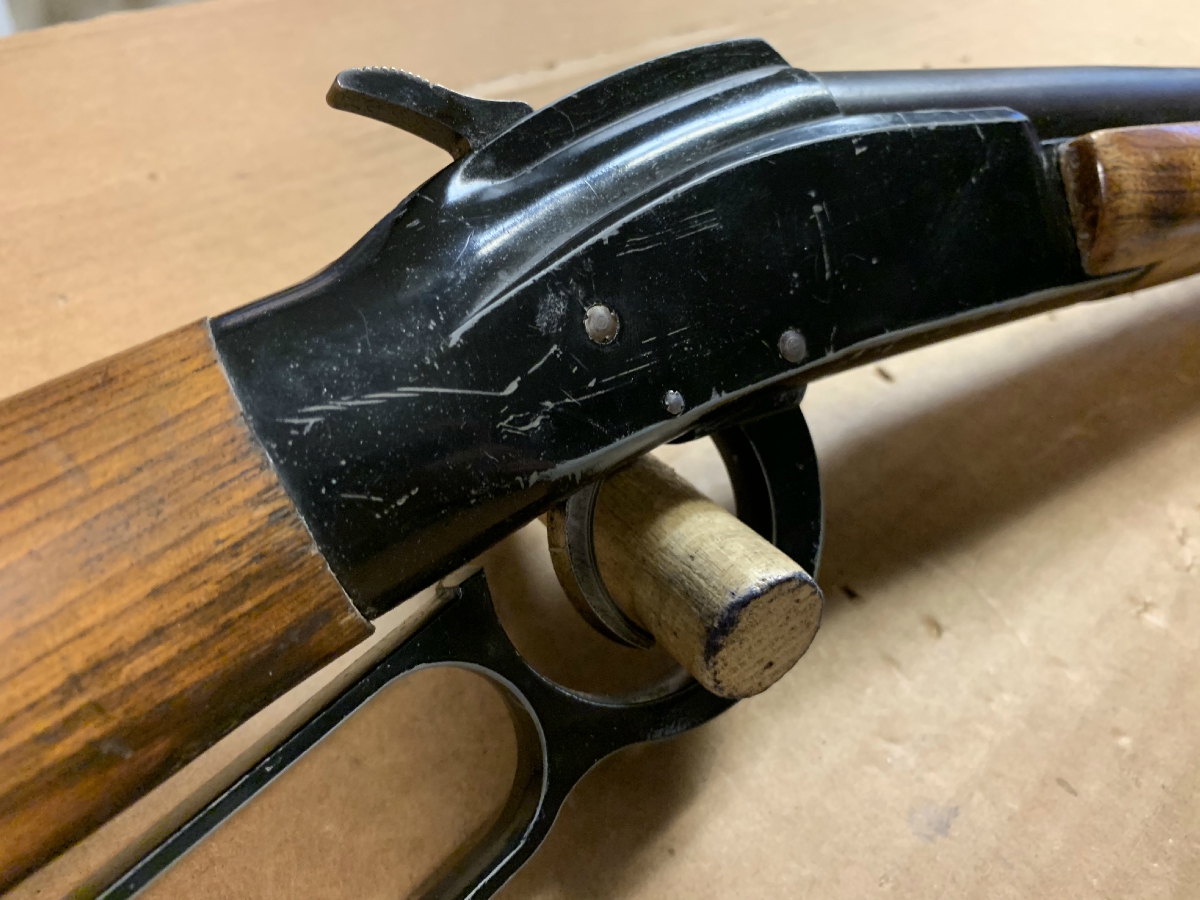
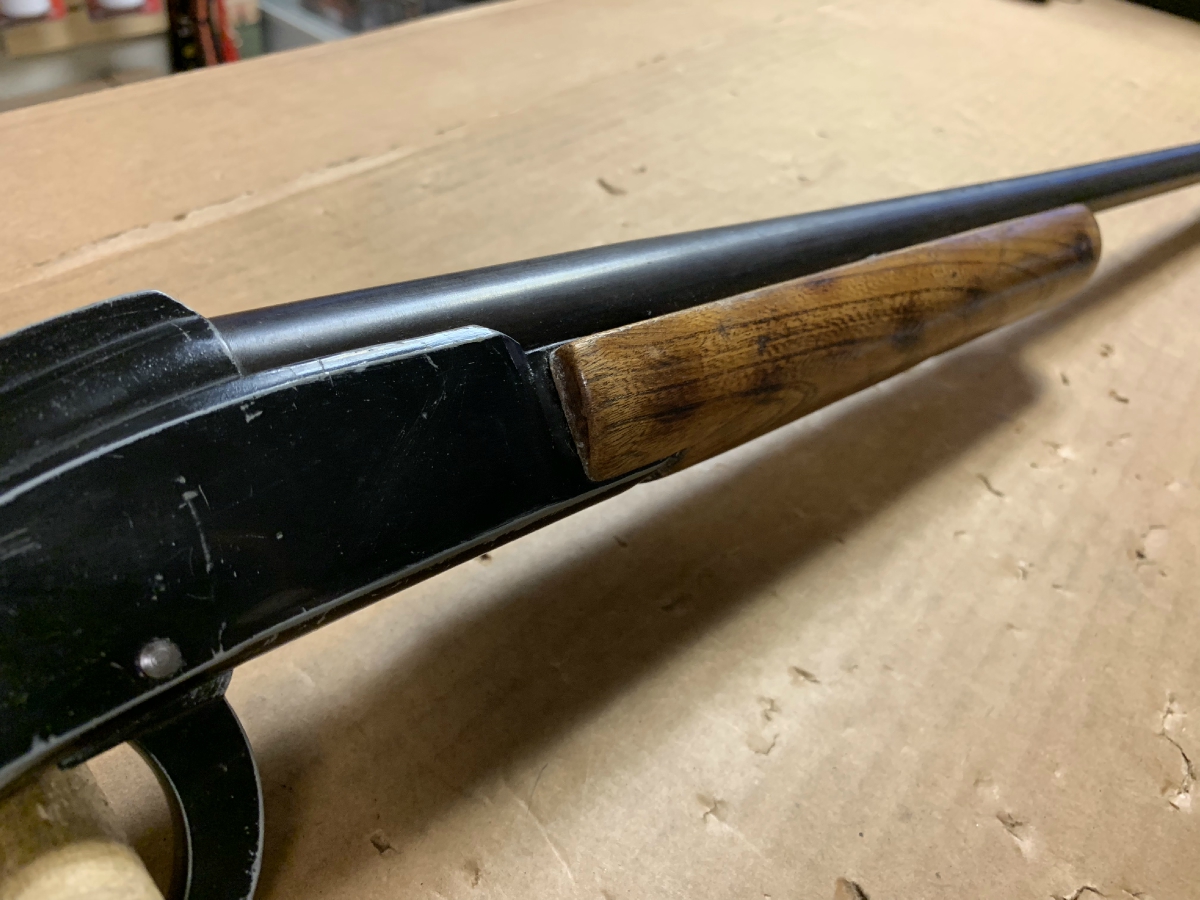
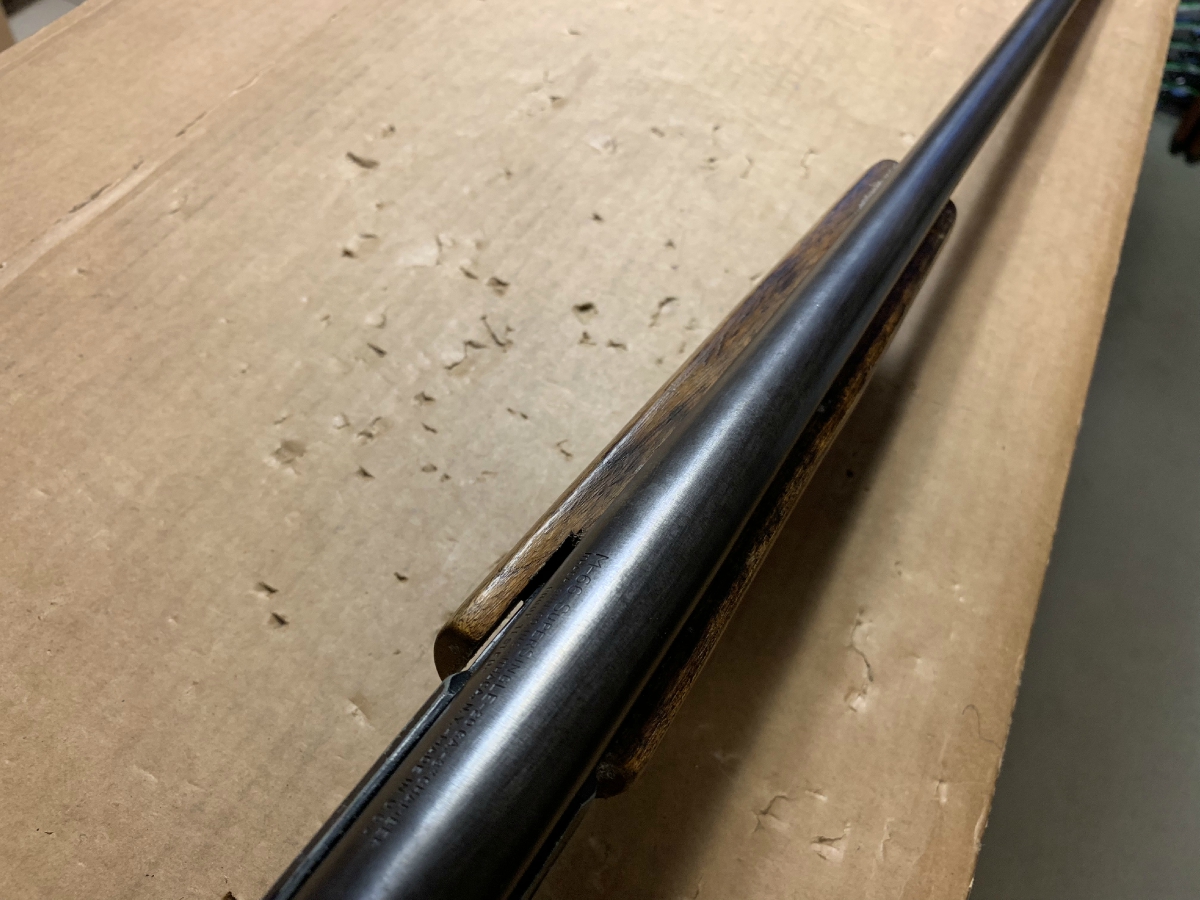
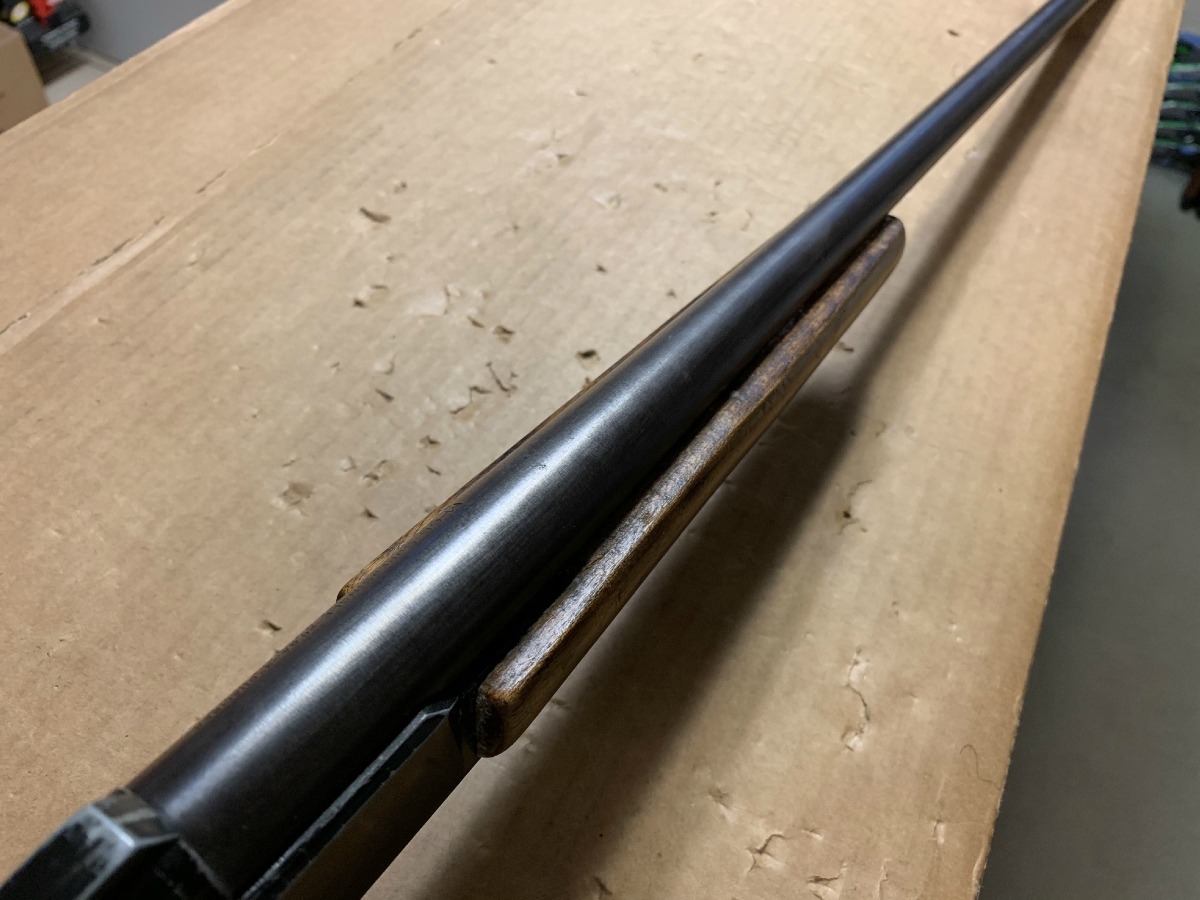
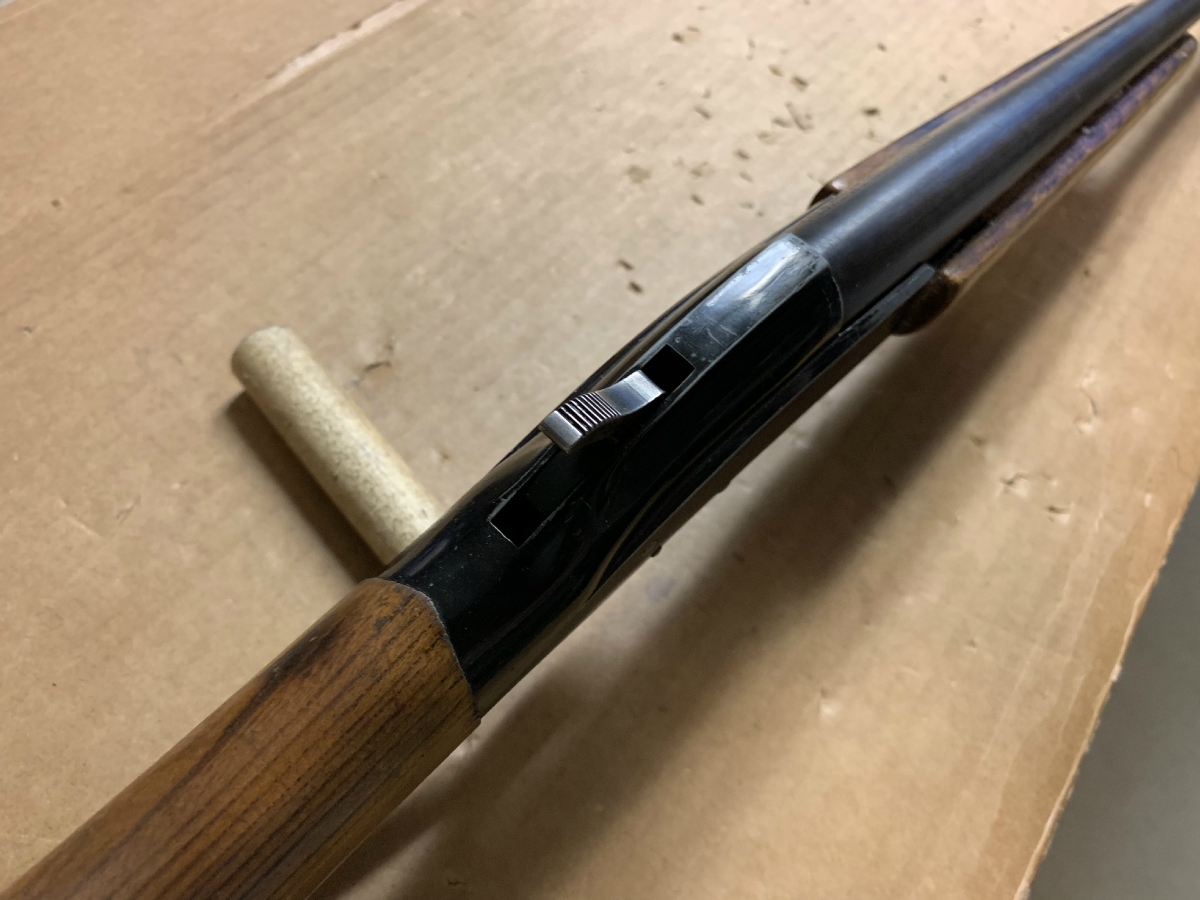
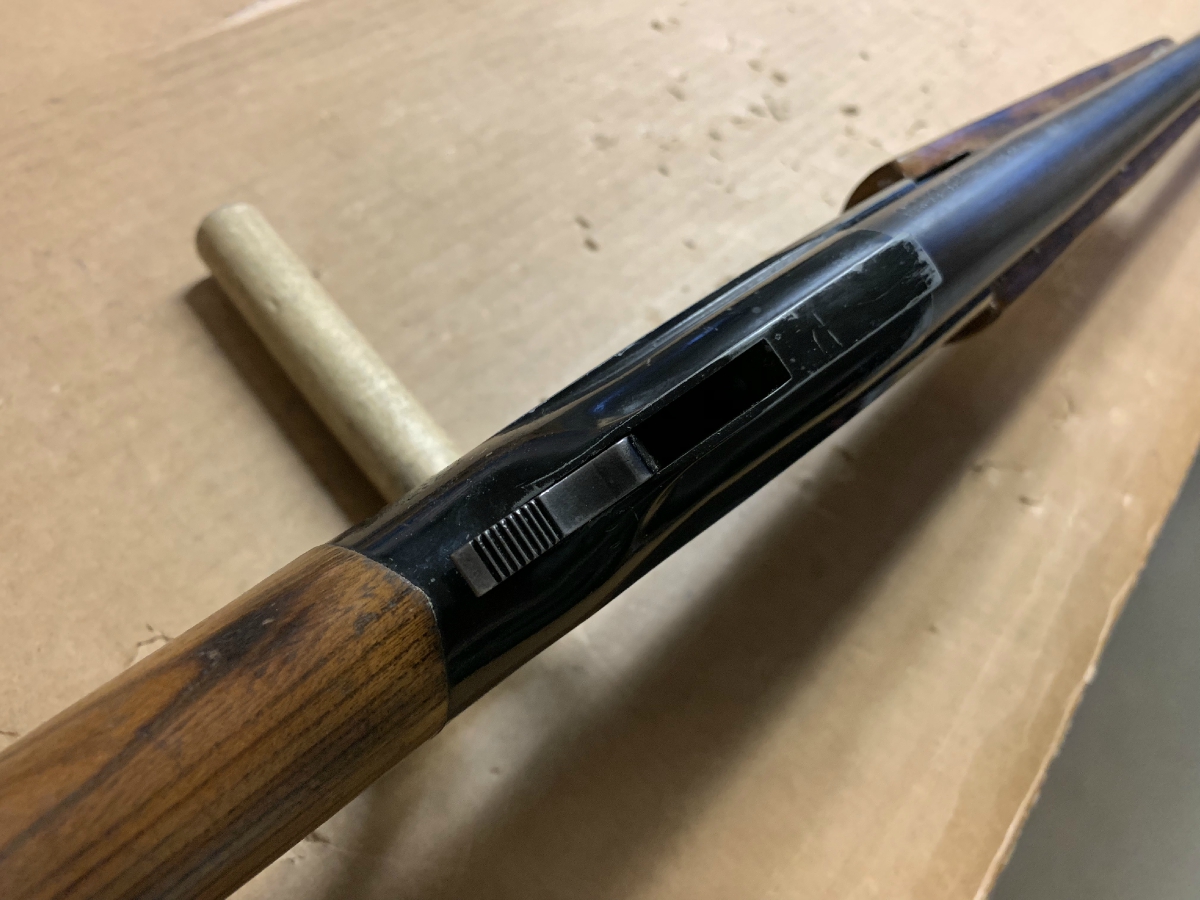
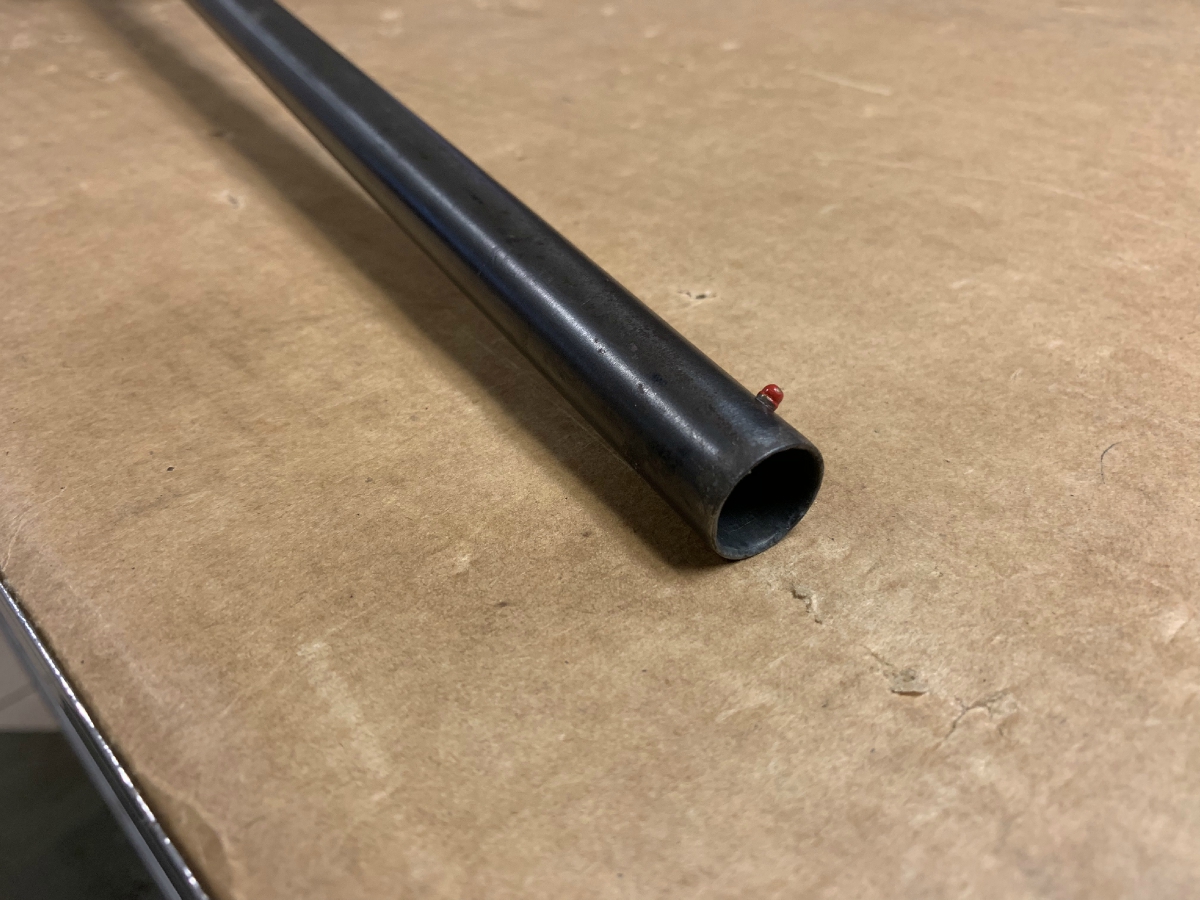
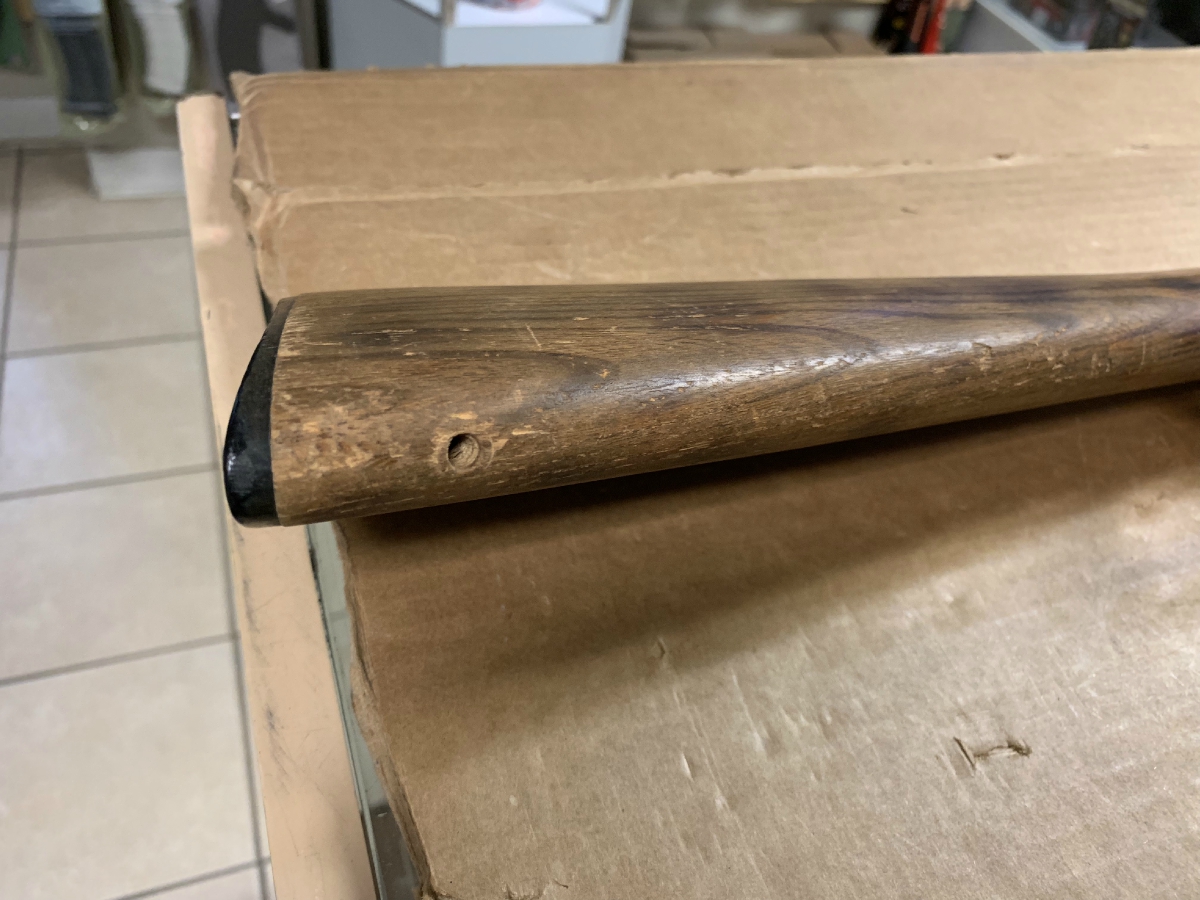
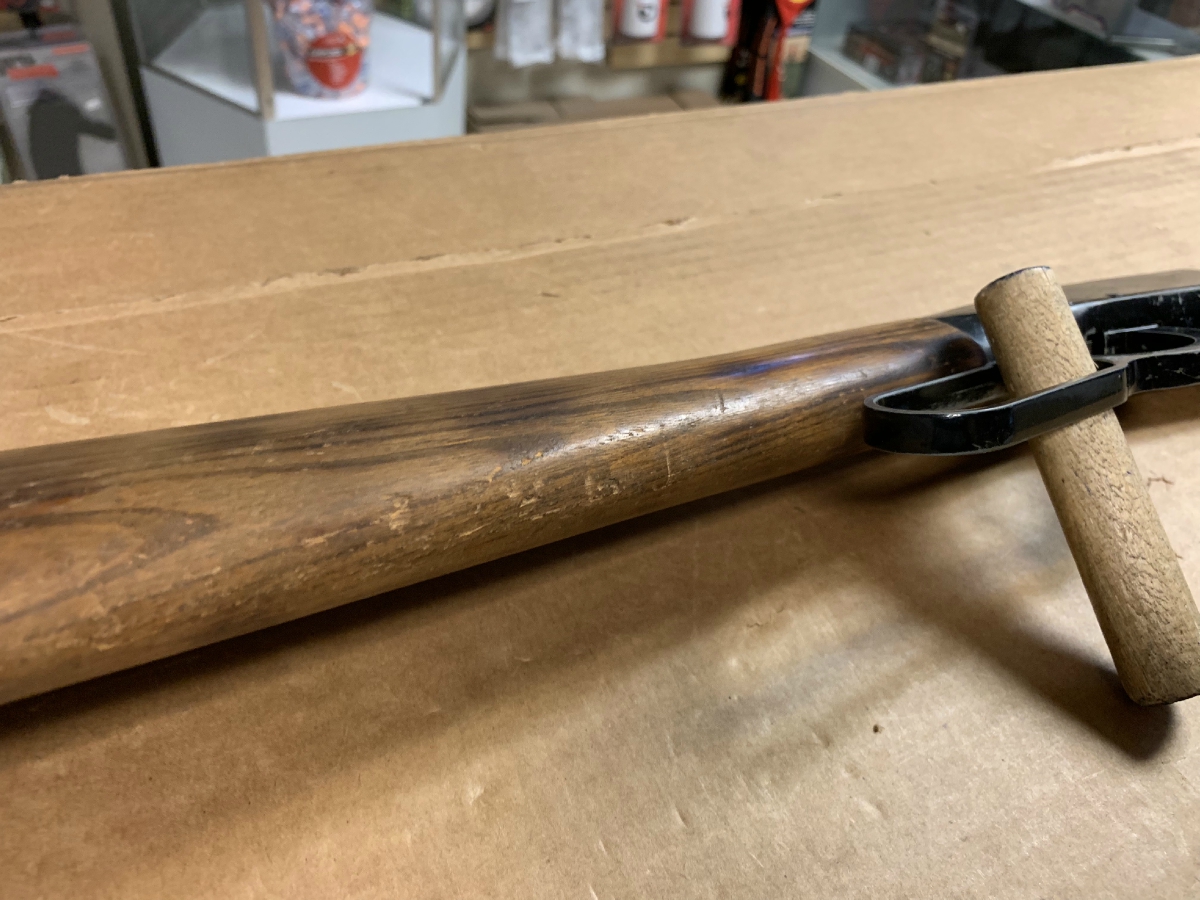
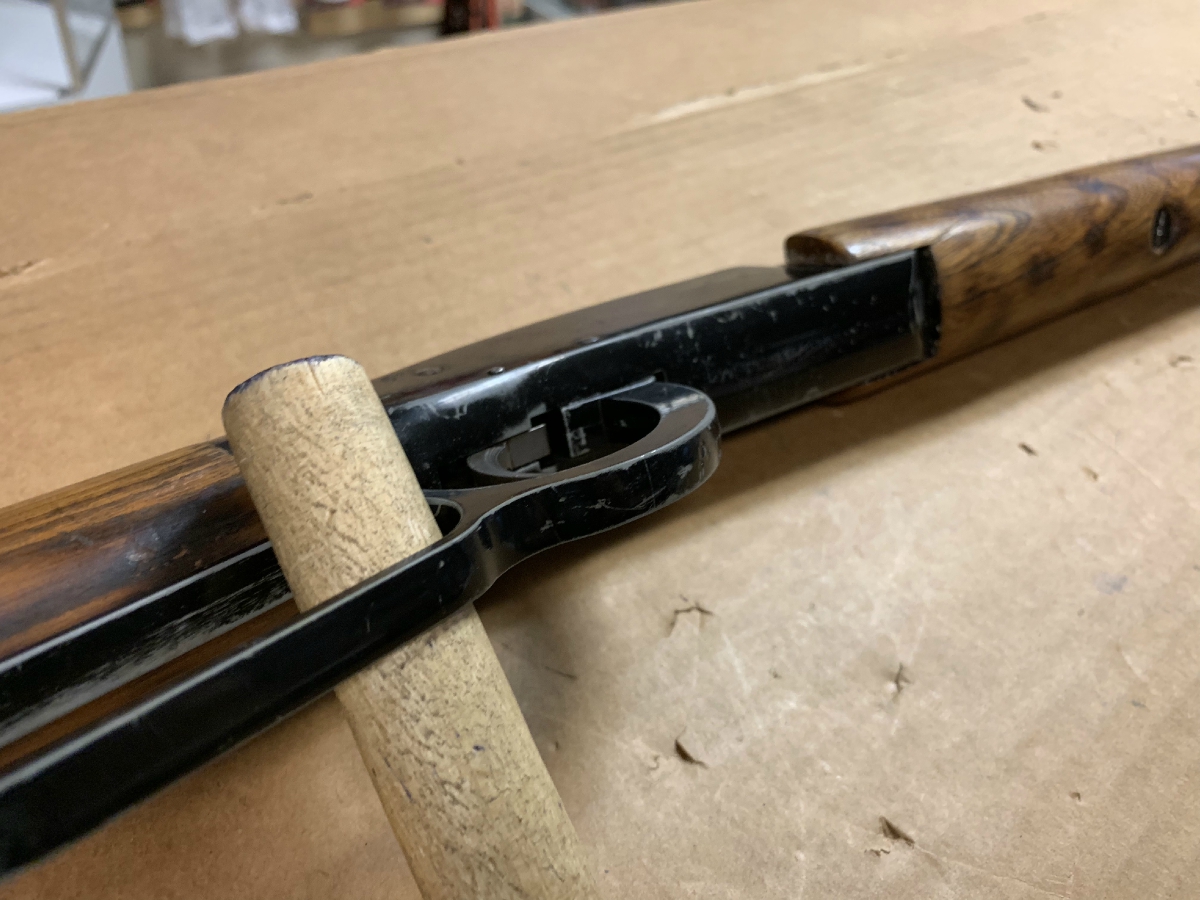
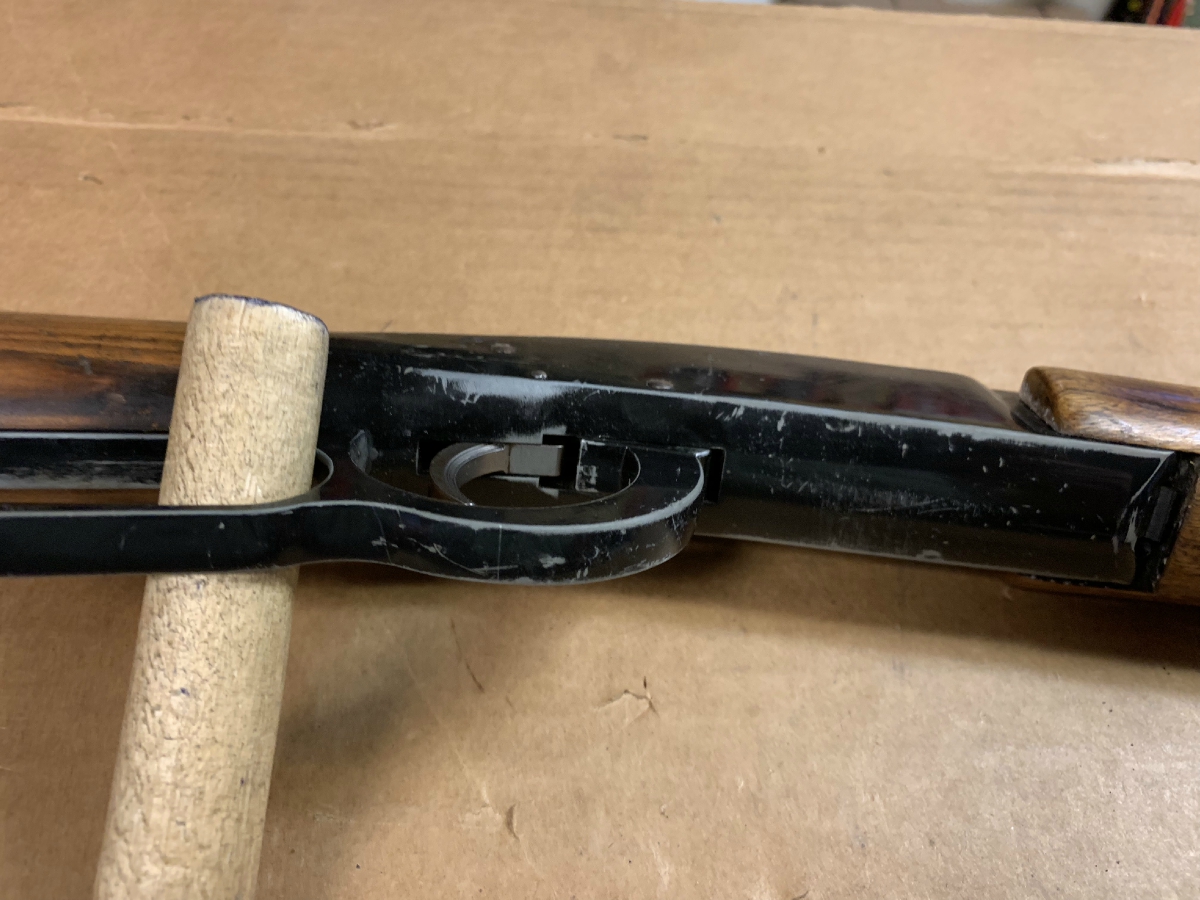

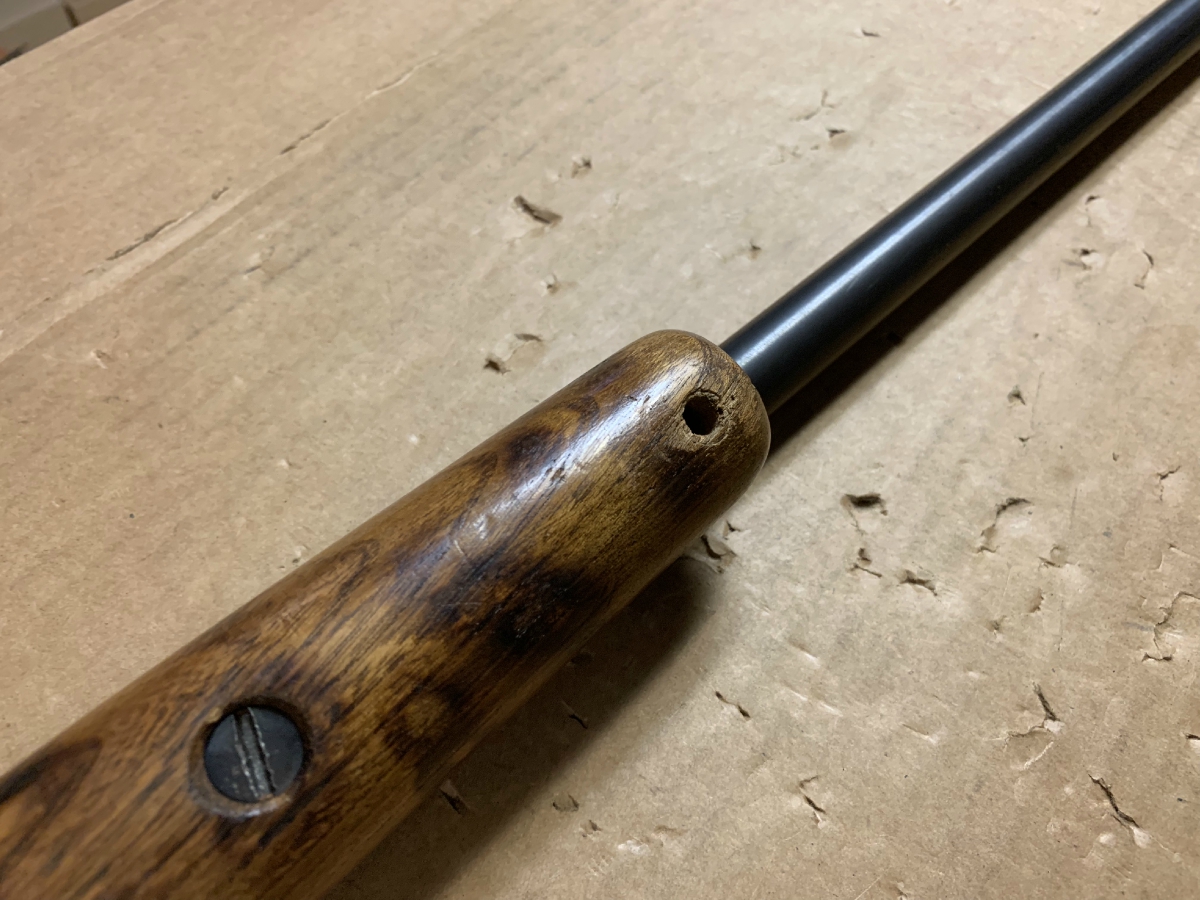
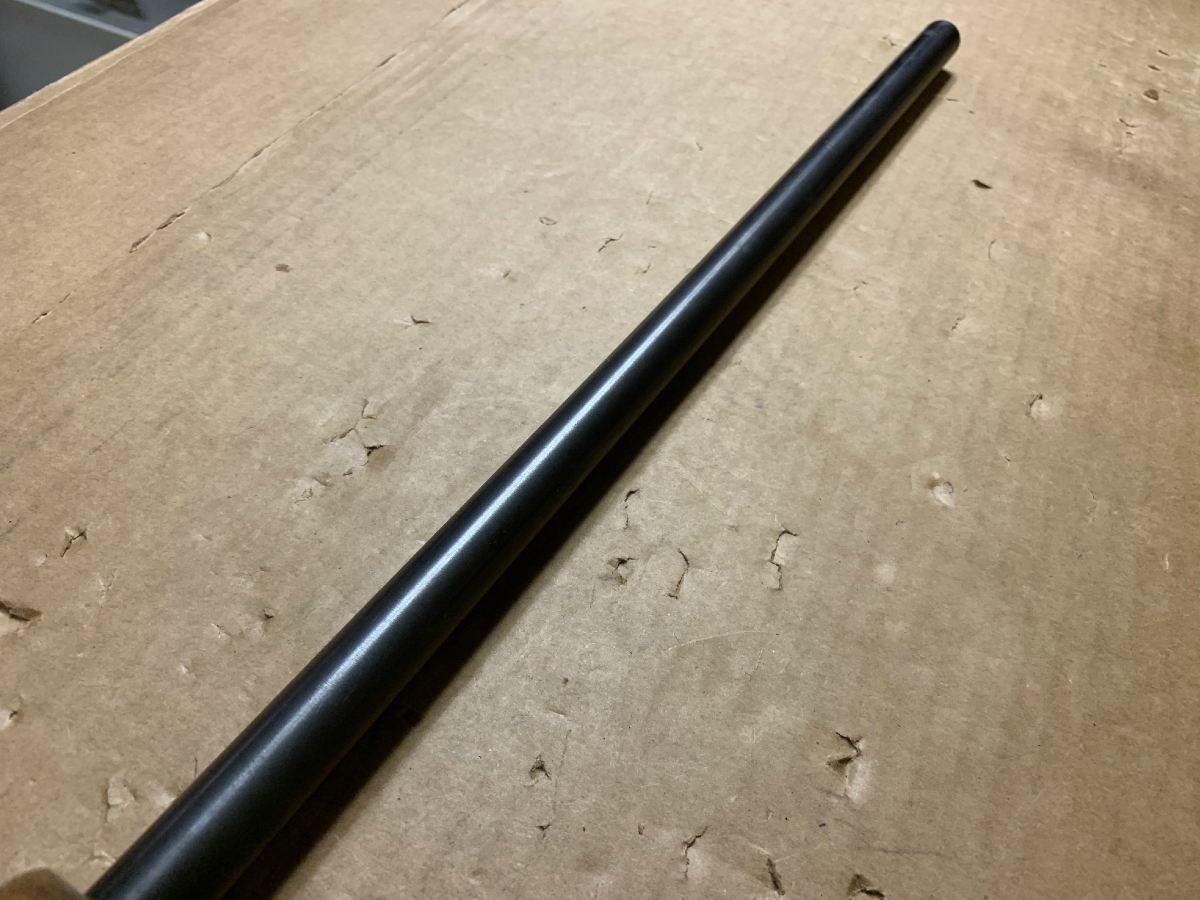
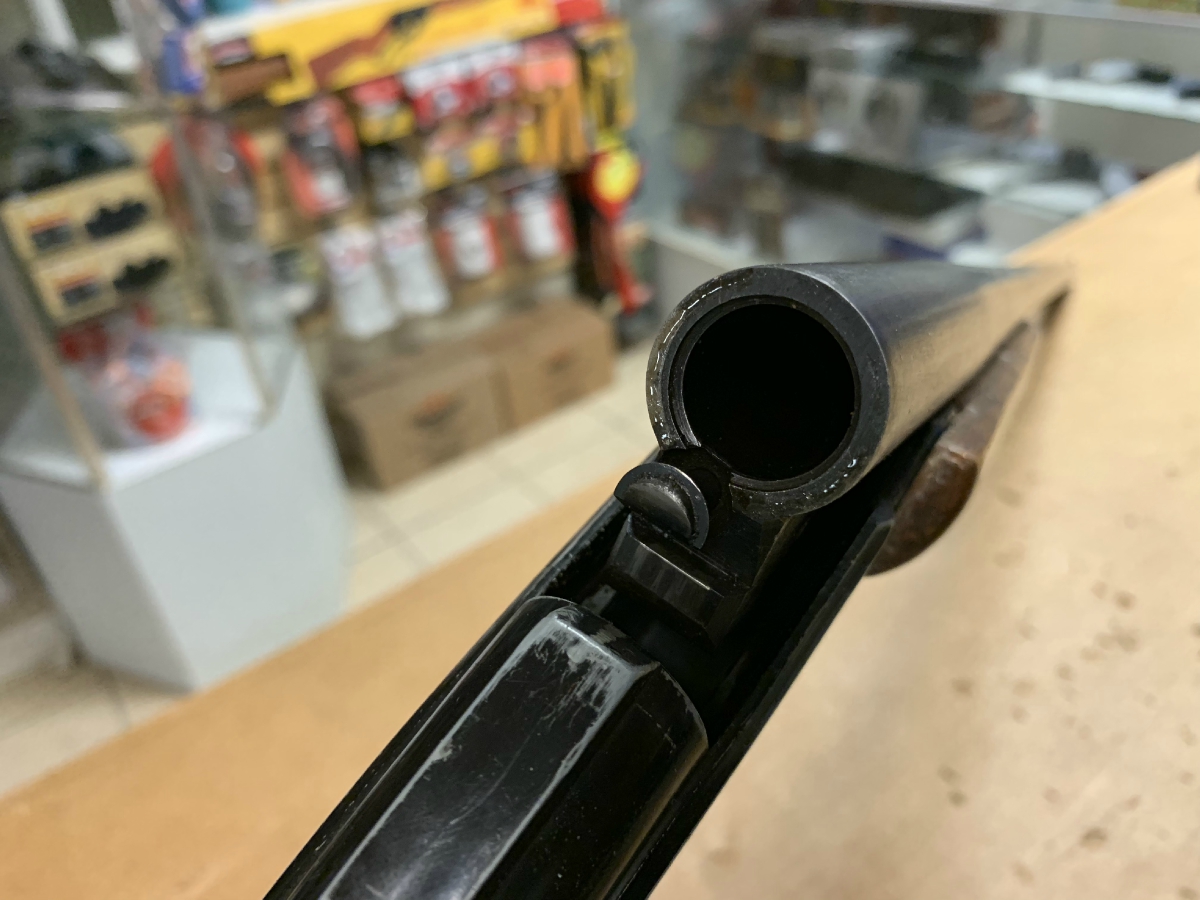

It should be obvious to anyone not ideologically blinkered that the Los Angeles Times has wed itself to the social justice cause, so inextricably so that no one at the paper seems cognizant of the fact that social justice, with its appeals for compassion for criminals, comes at the expense of actual justice and the welfare of crime victims.
The Los Angeles Times is hardly alone in its descent into woke activism. Indeed, the entire mainstream media complex seems to have abandoned its pretense of objectivity (and it has long been just a pretense) in favor of open left-wing activism. Nowhere is this more evident than in the reporting on issues relating to crime.
On Tuesday, the L.A. Times ran a story concerning one of the paper’s favorite ongoing themes, to wit, allegations of bias on the part of Los Angeles Police Department officers patrolling the more crime-ridden sections of the city. “LAPD admits it made hundreds more traffic stops in South L.A. than it told The Times,” reads the headline, reflecting the glee no doubt shared at the newspaper that the Department had been caught providing inaccurate data regarding this contentious issue.
This is not to excuse providing bad data to the Times, but the story itself seems to be more concerned with the “gotcha” aspect than with the far more important issue underlying the data, which is the problem of violent crime in Los Angeles, particularly in South L.A.
What’s more, the story is a muddle of unclear information from which the reader is unable to draw a sound conclusion. Times staff writer Kevin Rector opens the story with the “gotcha.” “Los Angeles Police Department officials earlier this month downplayed a return to controversial investigative traffic stops in South L.A.” he writes, “in part by telling The Times that the number of stops was dramatically lower than it used to be — with just 74 stops so far this year.” He goes on to cite the belatedly revealed accurate data. “But on Tuesday,” Rector writes, “LAPD Chief Michel Moore told the L.A. Police Commission that figure was wrong, and that the true count was more than eight times as high, with 639 stops having been conducted.”
Only by reading deep into the story, and by reading a linked Feb. 12 article, also by Rector, can the reader learn that it is stops by Metropolitan Division officers that is being discussed. Officers assigned Metropolitan Division, or Metro, do not respond to routine radio calls. Rather, they are traditionally deployed to inhibit crime in those areas of the city where it is most disruptive, which in Los Angeles means the four patrol divisions that make up South L.A.: Newton, Southwest, 77thStreet, and Southeast. (I worked at all of these stations at various times in my LAPD career.) L.A. Mayor Eric Garcetti and LAPD Chief Michel Moore were characteristically spineless and curtailed the patrols in 2019 after the L.A. Times ran stories claiming the tactic “disproportionately affected Black and Latino drivers.”
It would have been malfeasance on the part of the police had the stops not done so. Consider: these four divisions (of the LAPD’s total of 21) are home to about 640,000 people, or 16 percent of the city’s population, yet they accounted for 44 percent of the 349 homicides investigated by the LAPD in 2020. Nearly every single resident of these areas is black or Hispanic, as were the homicide victims and those who killed them.
The LAPD no longer publishes the racial breakdown of homicide victims and suspects as it once did, but it’s fair to assume that the city’s homicide figures run parallel to those of Los Angeles County, of which L.A. is by far the largest city and biggest driver of crime numbers. (Los Angeles County has about 10 million residents, of whom about 4 million live in the city of L.A.) According to the L.A. Times Homicide Report, last year there were 691 homicides committed in L.A. County, excluding those killed by police. Of these victims, 50 percent were Hispanic, 35 percent were black, 10 percent were white, and 5 percent were Asian. The county’s population is 47 percent Hispanic, 26 percent white, 15 percent Asian, and 9 percent black.
From these numbers one can see that homicide figures do not track perfectly with each racial and ethnic group’s share of the overall population. Yet the Los Angeles Times continues to insist something nefarious is afoot when LAPD stop figures align more closely with crime patterns than with population data. “The move to reinstate ‘investigative stops,’” writes Kevin Rector in the Feb. 12 story, “immediately raised concerns among some longtime police observers at a time of increased scrutiny over LAPD tactics in communities of color.”
As is now oh so fashionable, these “longtime police observers,” to include the writers and editors at the Los Angeles Times, apparently, are more discomfited by the prospect of police officers conducting investigative stops in high-crime neighborhoods than they are by the crime itself. It is precisely in those “communities of color” that law-abiding residents are most in need of protection from those who would prey on them.
Black Chicagoans Eviscerate Black Lives Matter Narrative, Booting Activists From Their Neighborhood
And yet the L.A. Times, along with nearly any other media outlet you can name, continues to peddle the lie – there is no better word for it – that what is most injurious to these “communities of color” is police harassment rather than the crime police seek to prevent.
How else to explain the paper’s uncritical devotion to George Gascón, L.A. County’s new district attorney and the latest of the George Soros-funded “progressive” prosecutors elected to office? The Times endorsed Gascón over incumbent Jackie Lacey last fall, and in the last two months has printed two editorials (here and here) defending Gascón and his lenient policies, the effects of which are fewer criminals sent to prison and shorter sentences for those who are.
Granted, Gascón was only recently elected, and one may argue, as does the L.A. Times, that his policies should be given time to bear their intended fruit. But what evidence is there that the fruit will be any less poisonous than that already produced in cities where progressive prosecutors have held office for longer? Larry Krasner took office as district attorney in Philadelphia on Jan. 1, 2018, and homicides in that city rose by 8 percent that year. Homicides declined by 1 percent in 2019, offering a hopeful sign, but then rose by 35 percent in 2020. They’re up an additional 33 percent so far this year.
In Chicago, Kim Foxx ran on a progressive platform and took office as state’s attorney for Cook County on Dec. 1, 2016, and was re-elected in 2020. Homicides in the city declined from 769 in 2016 to 492 in 2019, but then increased horrifyingly to 792 last year.
Chesa Boudin, district attorney for San Francisco, is the son of Weather Underground members and convicted murderers Kathy Boudin and David Gilbert, a lineage that would understandably warp one’s views on law and order. He was elected in 2019 after promising progressive reforms to the criminal justice system in that most progressive of cities. The results so far? San Francisco saw a 17 percent increase in homicides in 2020.
In short, there is precious little to suggest the progressive policies instituted by this new wave of prosecutors have brought about anything but a rising tide of bloodshed among the very populations they claim to champion. The only people profiting from all this “progress” are the undertakers.
It was the tough-on-crime measures enacted in the early and mid-1990s that stemmed the rising tide of violence seen across the country (2,245 homicides in New York City in 1990, 1,092 in Los Angeles and 943 in Chicago in 1992) and brought about the relative placidity of recent years. Those gains have been reversed with staggering speed, all with the blessing of these progressive prosecutors and their enablers in academia and media outlets like the Los Angeles Times, all of whom share the naive, even childlike belief that showing compassion for the cruel will make them less so.
You can run only so far from reality. Like a bullet, it catches up with you quickly

The myriad selection of rifle cartridges today has a metric ton of overlap, duplication, and some downright silly designs. Some of these designs boast wonderful claims, but not all of them measure up. In order to be overrated, you have to be rated at all, so that leaves some of the more obscure designs off the menu.
I’m well aware that I’m going to be taking a lot of flak for this article, no matter which cartridges I were to pick, so let me give you some details to start with. When you sit down to make your voodoo doll of me, you need to be as realistic as possible, I’m six feet tall, bald, blue eyes, and the goatee is graying. Accuracy counts in the voodoo-curse world as well.
That said, I have to pick five, and I know someone will come away with hurt feelings, but I’m going to throw caution to wind and do this anyway. “Overrated” is a tough term. It doesn’t mean that the cartridges I’m going to pick are bad, or even that they don’t work, it means that I feel that the glorification of them may not live up to the actual performance. Let’s roll.
1. .300 Weatherby Magnum
I can feel the hot needles already. Roy Weatherby had a passion for the pursuit of velocity, and in some instances it made for a fantastic cartridge. However, the .300 Weatherby, based on a blown-out .300 H&H case, and featuring Roy’s signature double-radius shoulder, may have been the hottest on the market in the 1950’s, but it has been pushed off the stage. In my opinion, you can get field performance out of a .300 Winchester Magnum that is so close the game animals will never know the difference. Add in the costly ammunition and component brass, as well as the ramped-up recoil, and the scales lean even harder toward the Winchester case. If you want to really move .30 caliber bullets in a magnum length action, look to the .300 RUM or .30-378 Weatherby, just don’t shoot anything you intend to eat at close range.

2. .270 Winchester Short Magnum
Why do my feet feel like they’re on fire? When you have a cartridge that is as flat shooting and hard hitting as the venerable .270 Winchester, improving upon it isn’t easy. The Winchester Short Magnum series of cartridges have their own unique set of issues (they’re very finicky to reload for, not to mention the feeding issues), but to try and push the bullets even faster, out of a shorter and lighter rifle with more recoil, doesn’t make a ton of sense to me. The .270 Winchester is a fantastic long-range cartridge. The longer bullets start to eat up case capacity, and the caliber is generally limited to bullets that top out at 150 grains. The .270 WSM is too much of a good thing, in my opinion.

3. .220 Swift
Yes sir, that was a needle in my eyeball. Good thing I have a spare. How dare I insult the .22 centerfire velocity king? Well, here’s my thinking. The .22-250 Remington, which performs around 150 to 200 fps slower than the Swift, will hit distant targets very well, with less powder, a shorter action, and is every bit as accurate as the Swift cartridge is. Not to mention, the .22-250 doesn’t have that rim, which can make for feeding problems in a magazine rifle. I know, the Swift hits that illustrious 4,000 fps with 55 grain bullets, but the 3,800 fps generated by the .22-250 is more than enough for me.

4. .458 Winchester Magnum
The idea of replicating the ballistics of the .450 Nitro Express, in an easy-to-produce bolt action rifle, was a very sound one. However, Winchester’s claim has historically fallen short of the mark. The engineers shortened the blown out .375 H&H case to fit in a long-action receiver, and in the same stroke reduced case capacity to the point that it became a problem. If you’ve ever tried to handload for the .458, I’m sure the thought of compressing powder with a pogo stick (please DO NOT try this, it’s humor) has crossed your mind. Look to Jack Lott’s full-length design, as it’s much easier to achieve the velocities that Winchester intended when handloading, and there are more than enough factory loads available. Almost all of the African Professional Hunters I’ve met re-chamber their .458 Winchester into a a .458 Lott, or are saving up to do so.

5. .223 Remington
Yes, I said it. Look, the .223 works, and works well for most of its intended purposes. But, I truly believe if the U.S. Government hadn’t smiled upon it, the cartridge would have a small fraction of the followers it does today. I hear shooters tell me all the time about how it is a miracle-wrought-in-brass-and-lead, and proceed to boast of its heretofore unheard-of capabilities. I feel, for the hunters, that a .222 Remington is more accurate for close ranges, and the .22-250 Remington has a huge advantage in the velocity and accuracy department at all ranges. The .223, with the right twist rate, can use the heavier 69 and 77 grain bullets, where the slow twist of the .22-250 limits it to 55 or maybe 60 grains tops, but for me, the .223 isn’t the Holy Grail of cartridges that so many profess it to be.

There you have it, take it for what it’s worth, and let voodoo curses and author-bashing commence.
Editor’s Note: Don’t worry, Phil’s already covered the industry’s most underrated rifle cartridges, too. Check that out right here!

